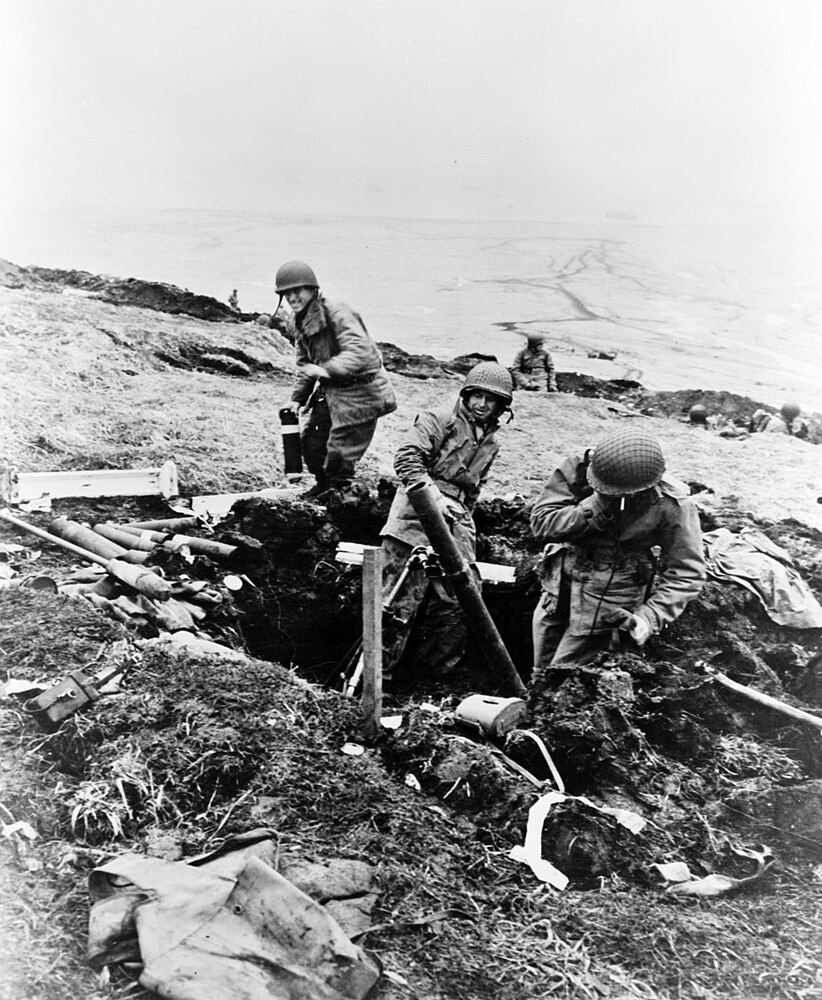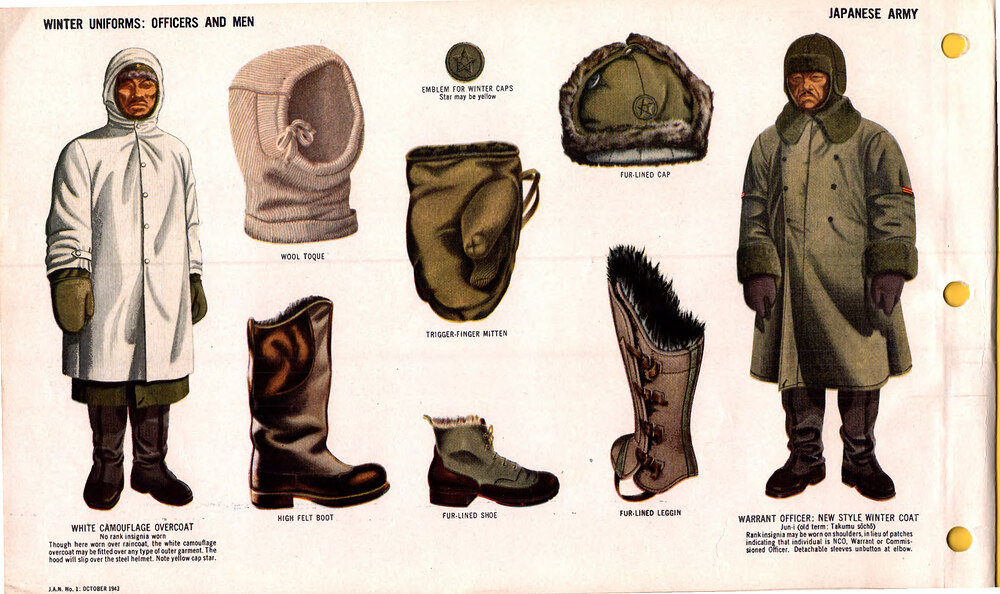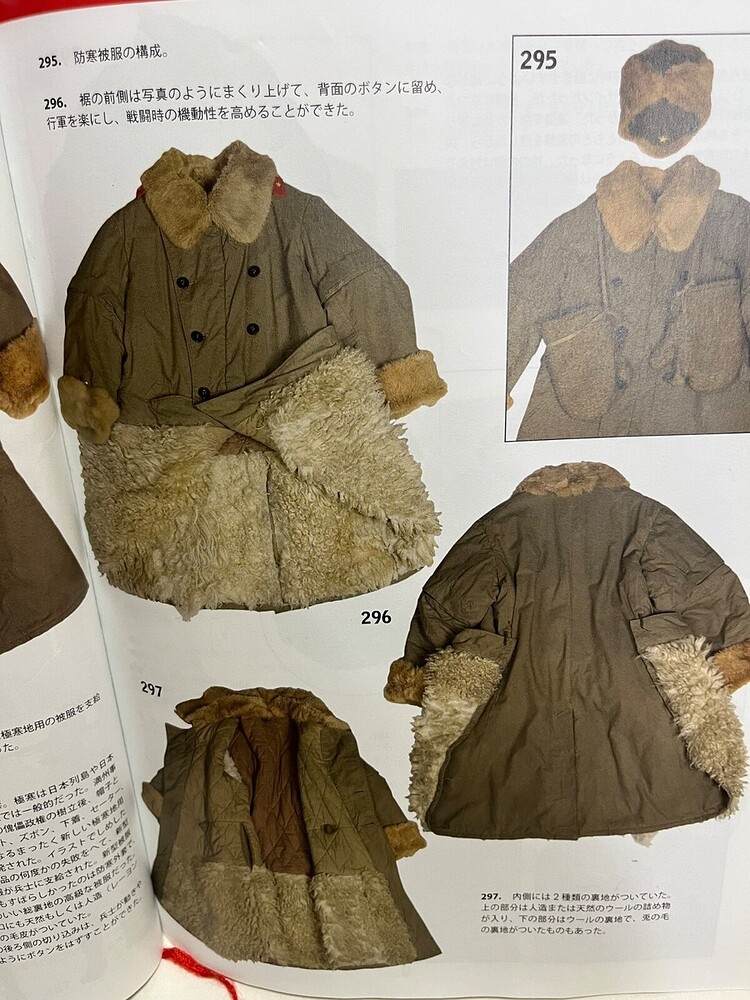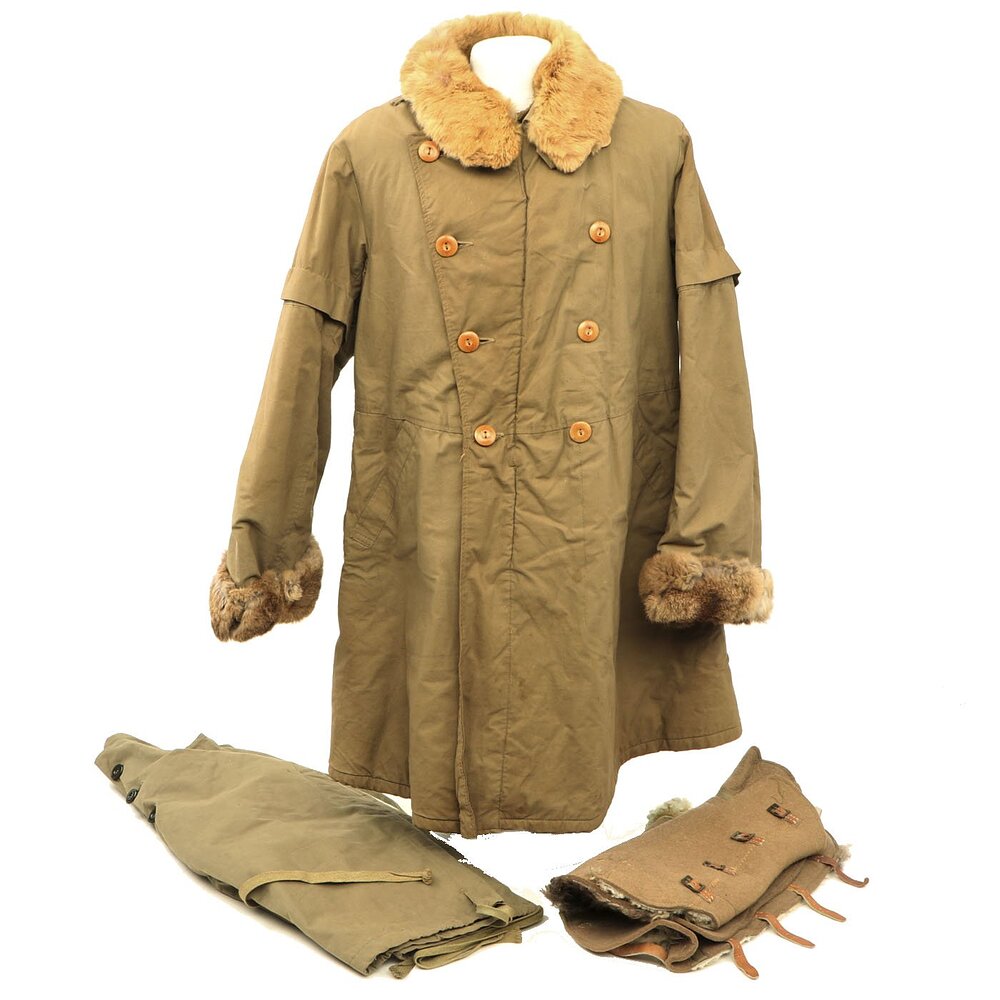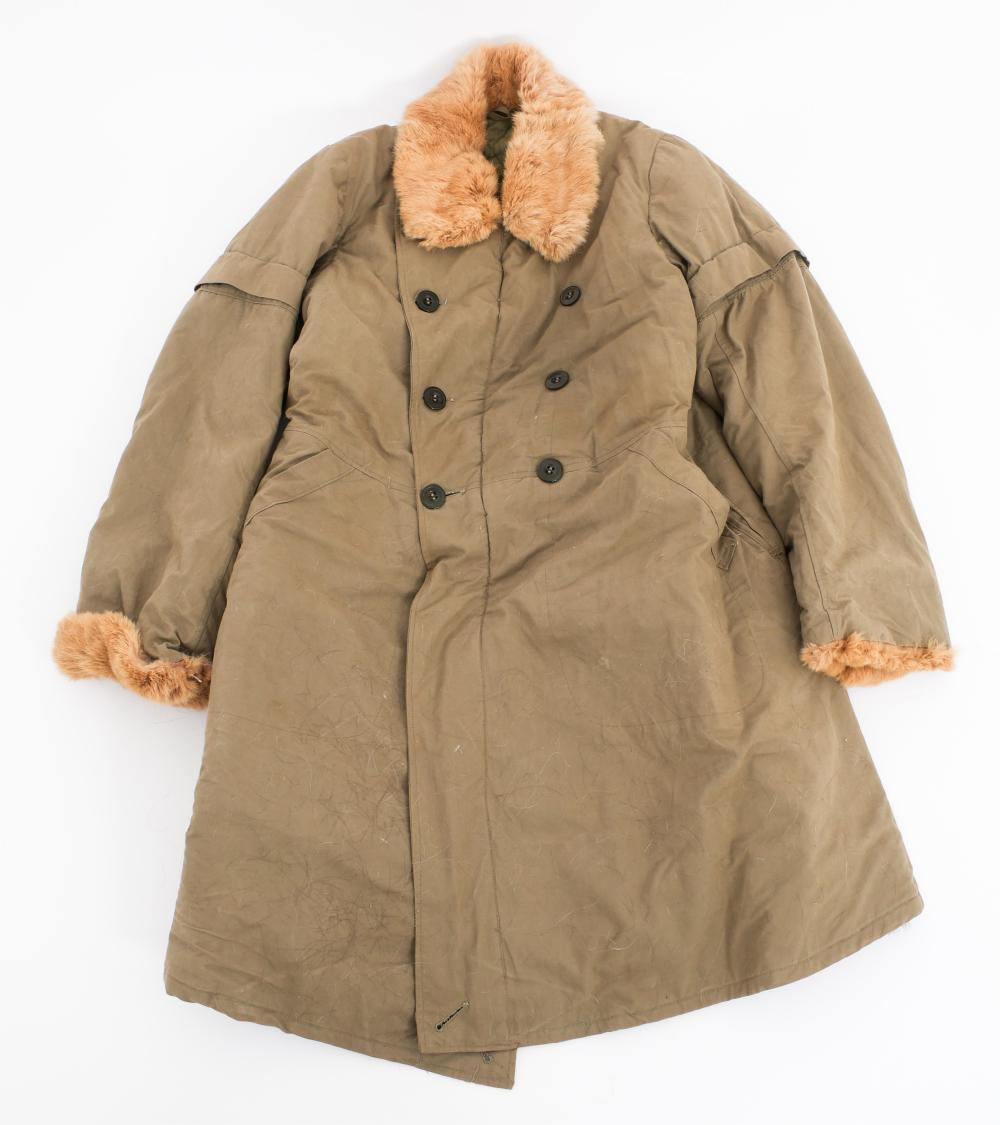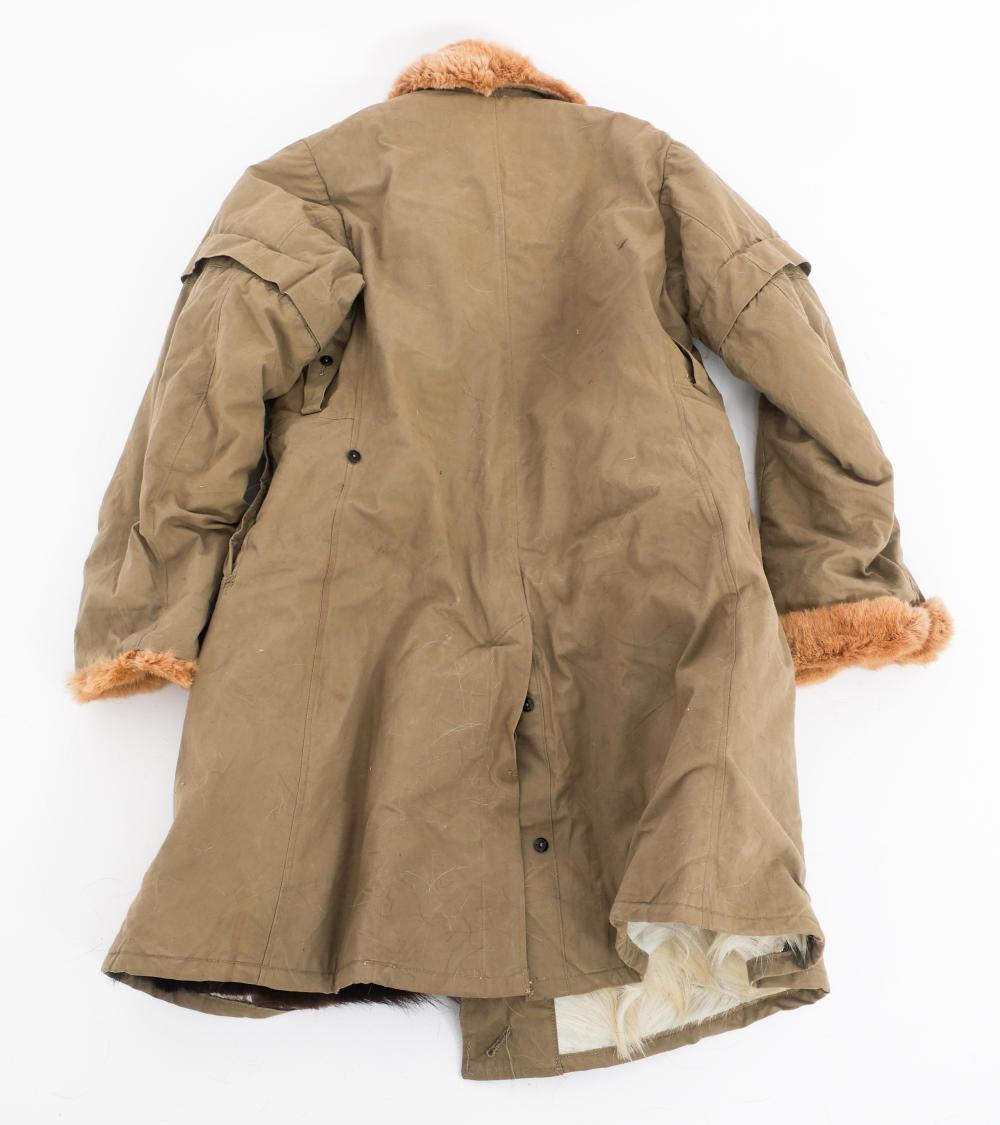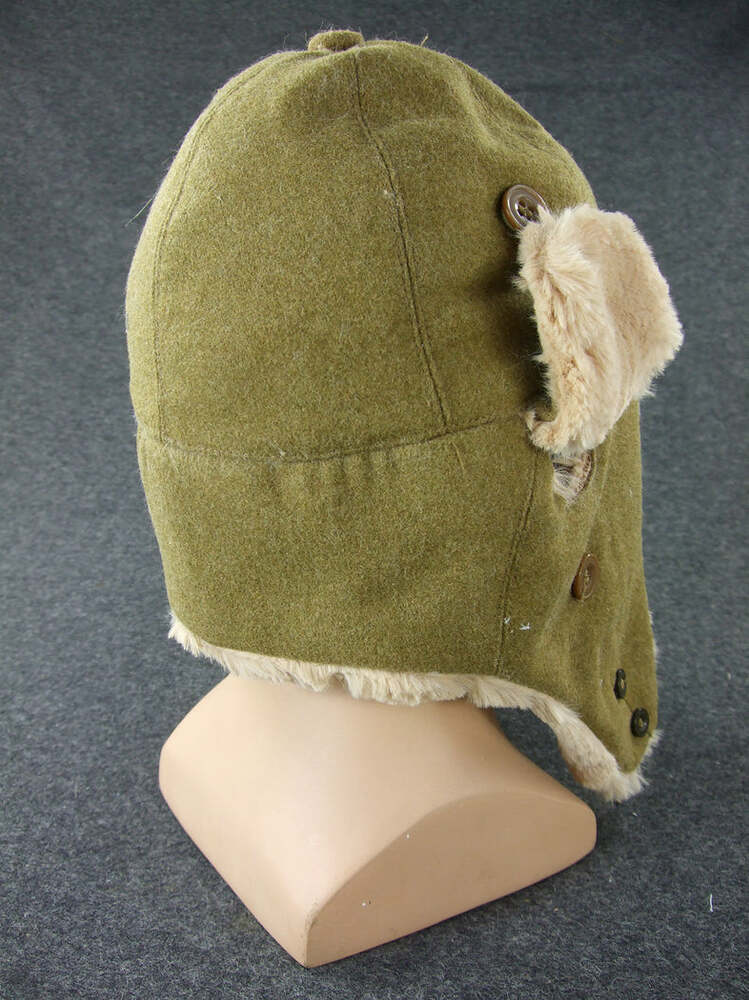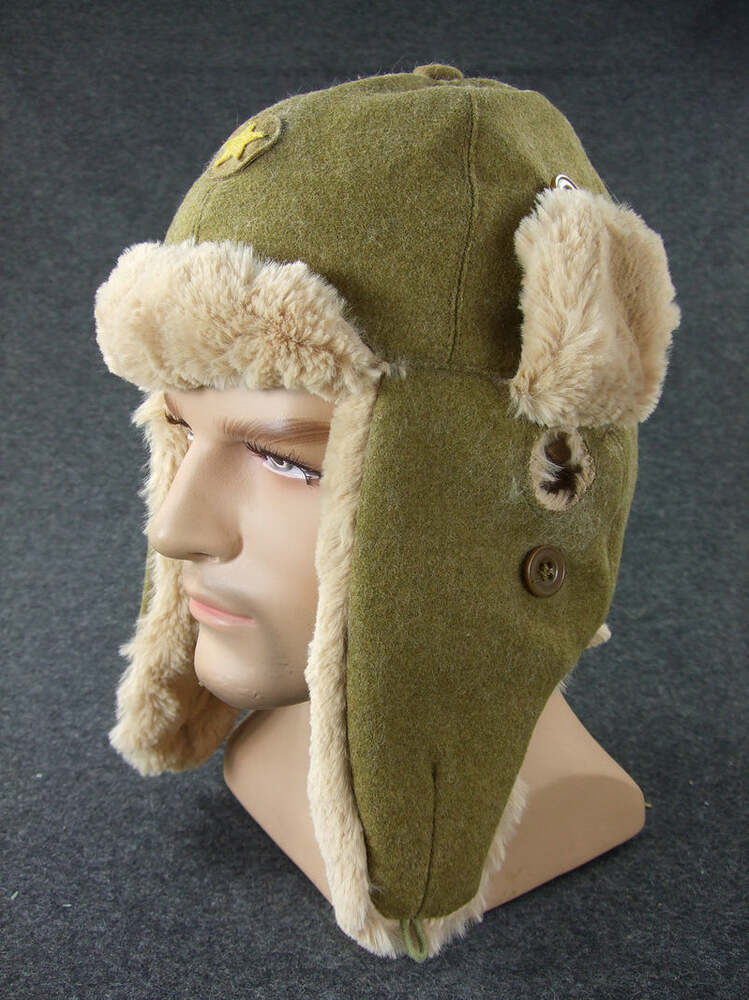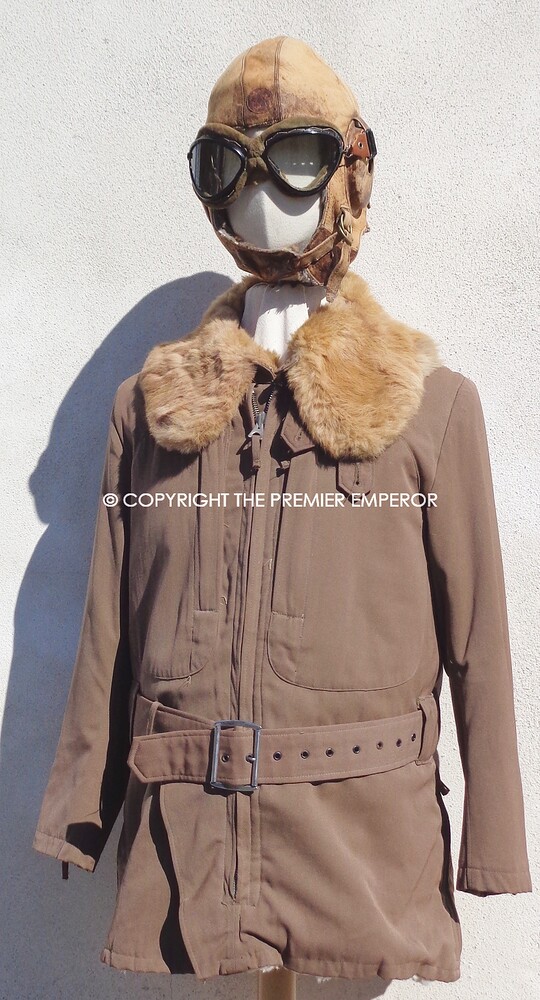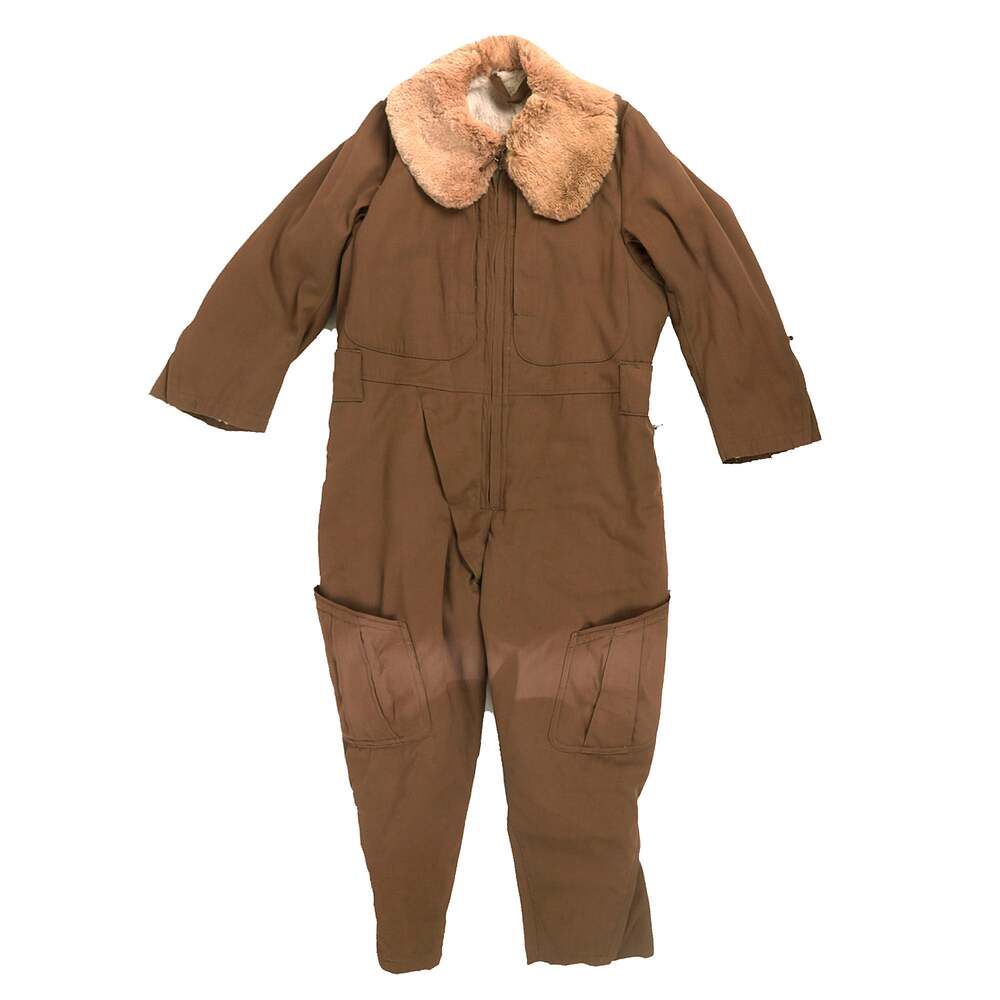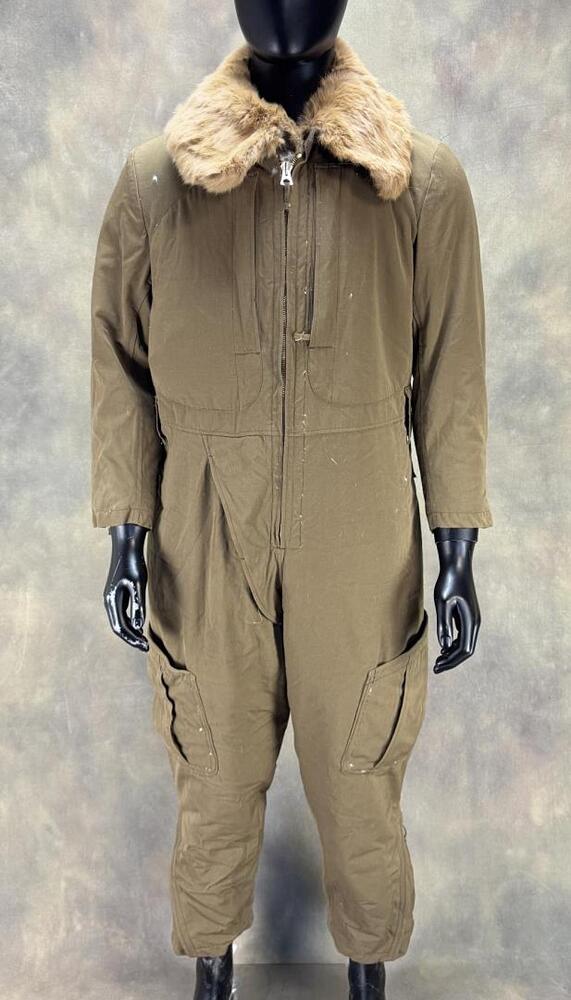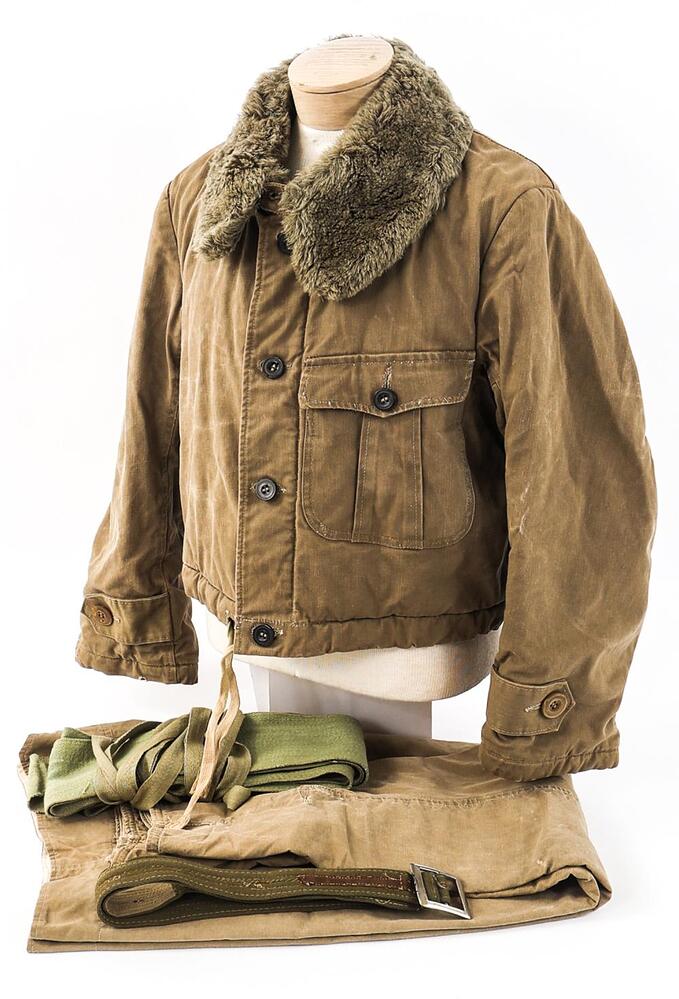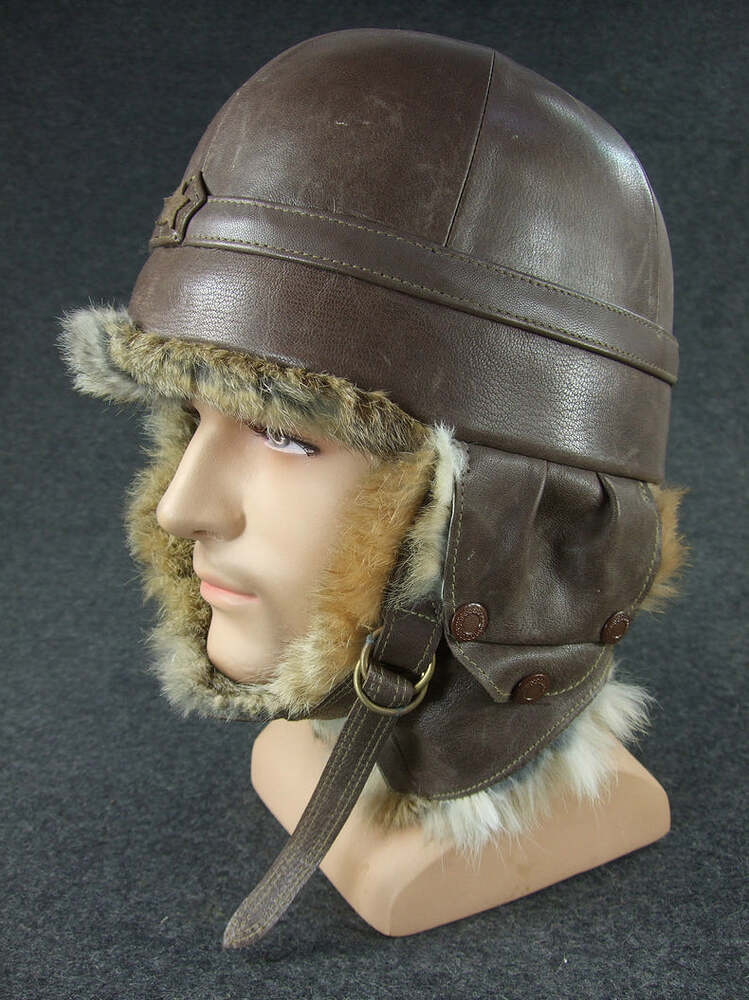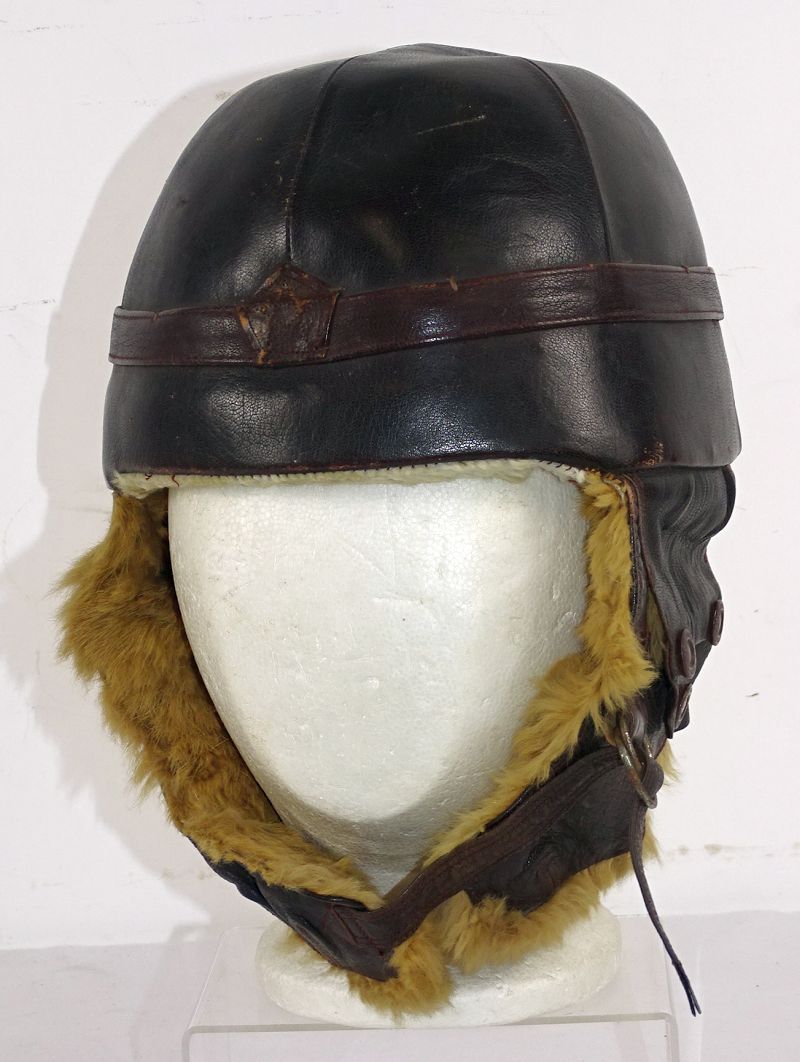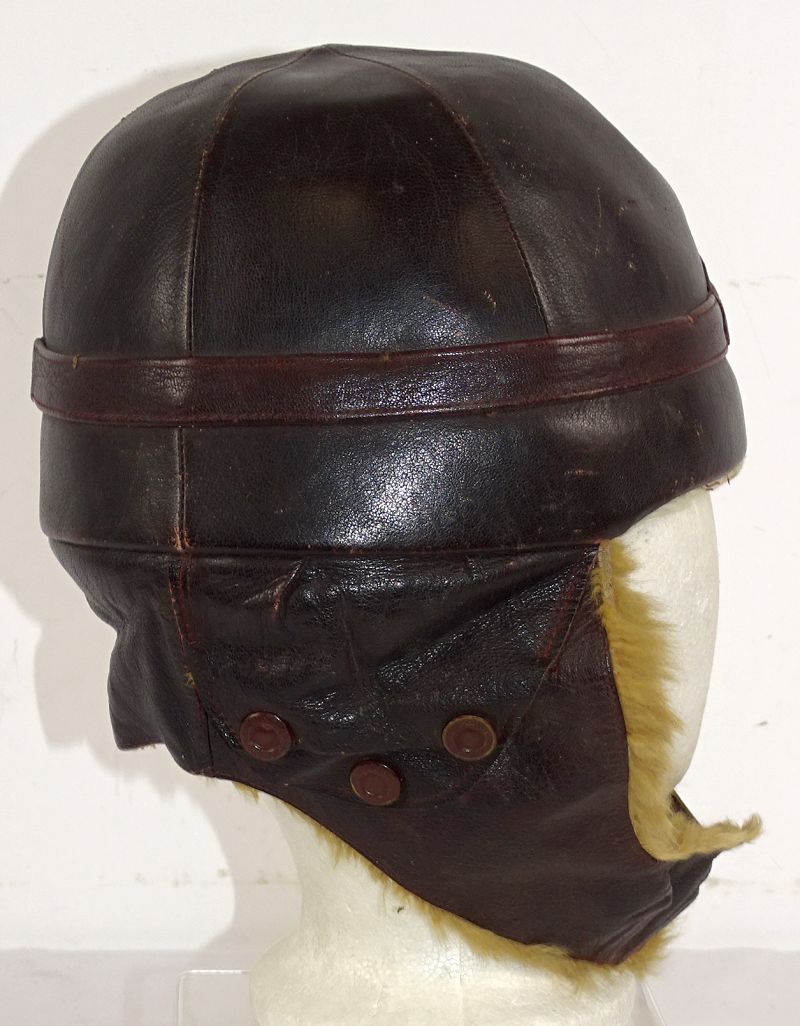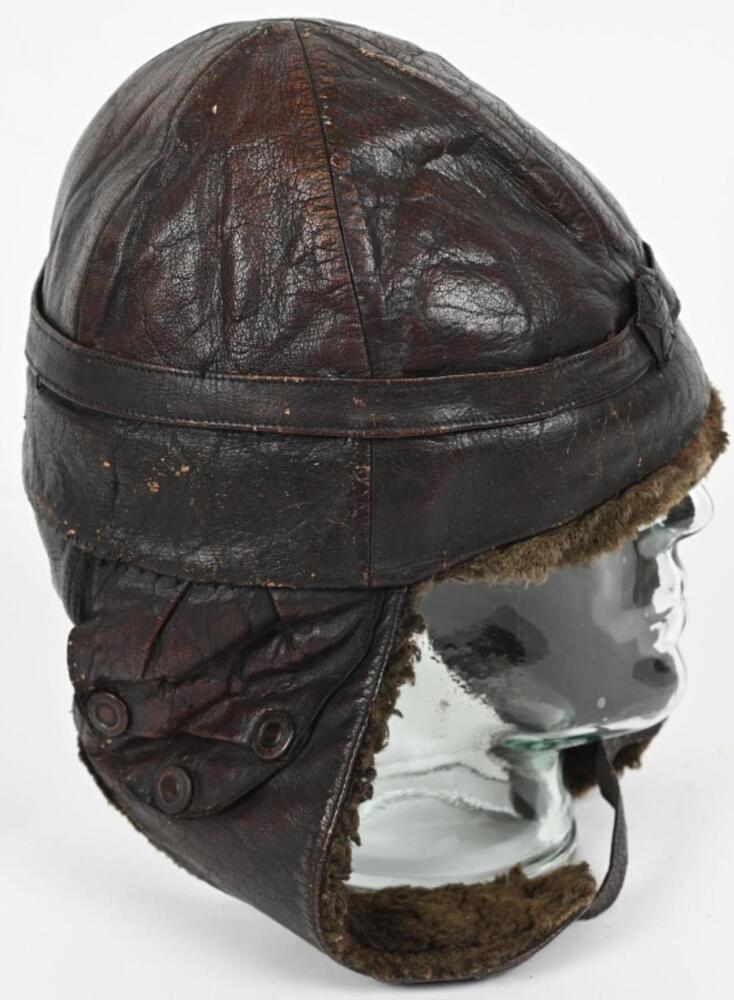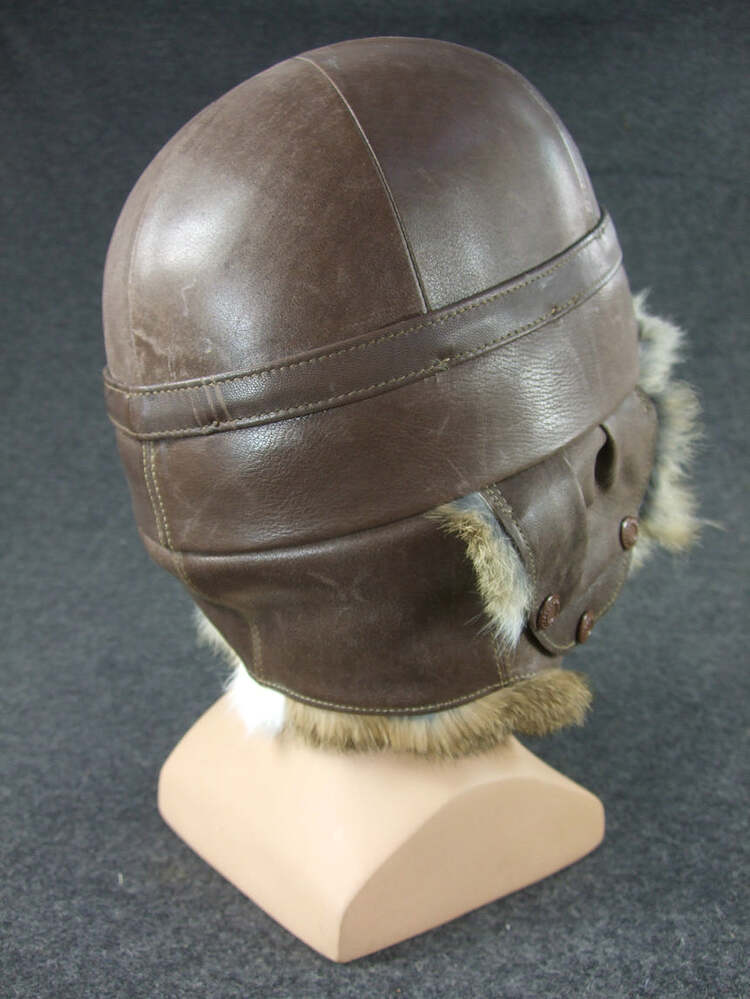The Battle of Attu was a battle that took place from May 11 to May 30 , 1943 (Japanese holdouts until 8 September 1943)
It was a battle fought between forces of the United States , aided by Canadian reconnaissance and fighter-bomber support, and Japan on Attu Island off the coast of the Territory of Alaska as part of the Aleutian Islands Campaign . In contrast to the tropical climate of the Pacific, Attu is the only land battle in which Japanese and American forces fought in snowy conditions.
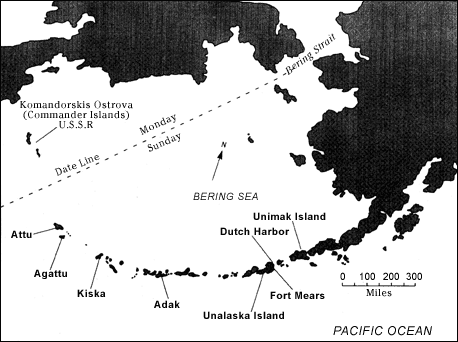
The more than two-week battle ended when most of the Japanese defenders were killed in brutal hand-to-hand combat after a final banzai charge broke through the American lines
On 7 June 1942, six months after the United States entered World War II, the 301st Independent Infantry Battalion from the Japanese Northern Army landed unopposed on Attu. The landings occurred one day after the invasion of nearby Kiska. The U.S. military feared both islands could be turned into strategic Japanese airbases from which aerial attacks could be launched against mainland Alaska and the rest of the U.S. West Coast
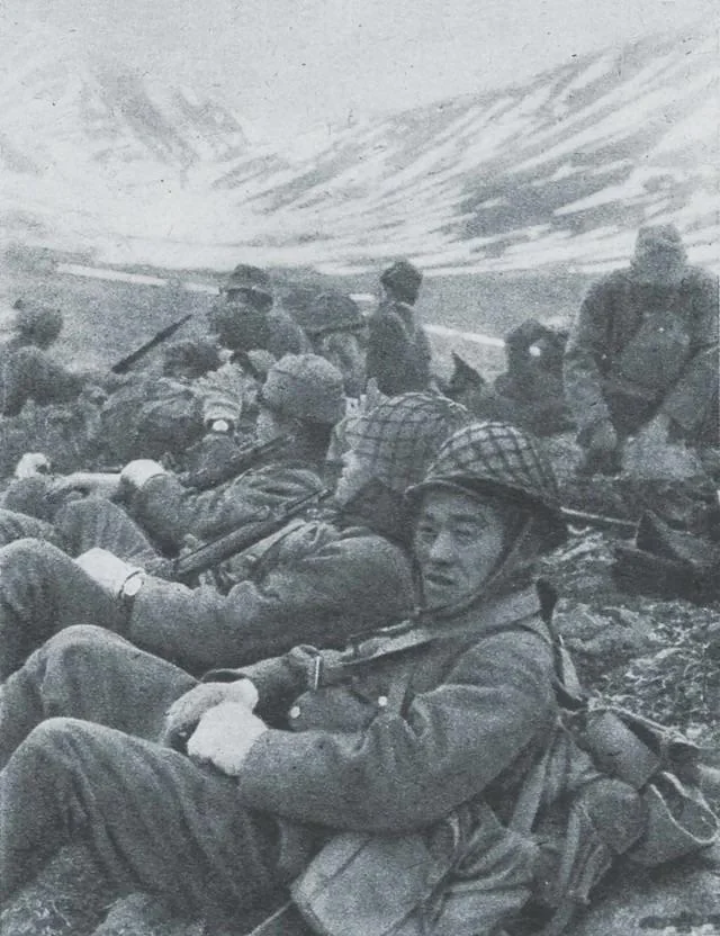
Soldiers from the Imperial Japanese 301st Independent Infantry Battalion, with their equipment - taking a rest, after an unopposed amphibious landing on Attu Island, Aleutians, Alaska Territory of the U.S., on June 7th, 1942.
On 11 May 1943, units from 17th Infantry, of Major General Albert E. Brown’s 7th U.S. Infantry Division made amphibious landings on Attu to retake the island from Japanese Imperial Army forces led by Colonel Yasuyo Yamasaki. Despite heavy naval bombardments of Japanese positions, the American troops encountered strong entrenched defenses that made combat conditions tough. Arctic weather and exposure-related injuries also caused numerous casualties among U.S. forces. After two weeks of relentless fighting, however, American units managed to push the Japanese defenders back to a pocket around Chichagof Harbor.
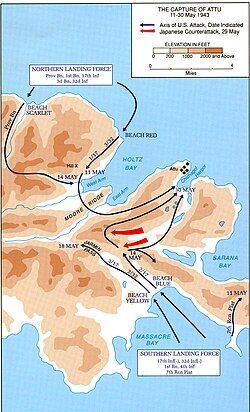
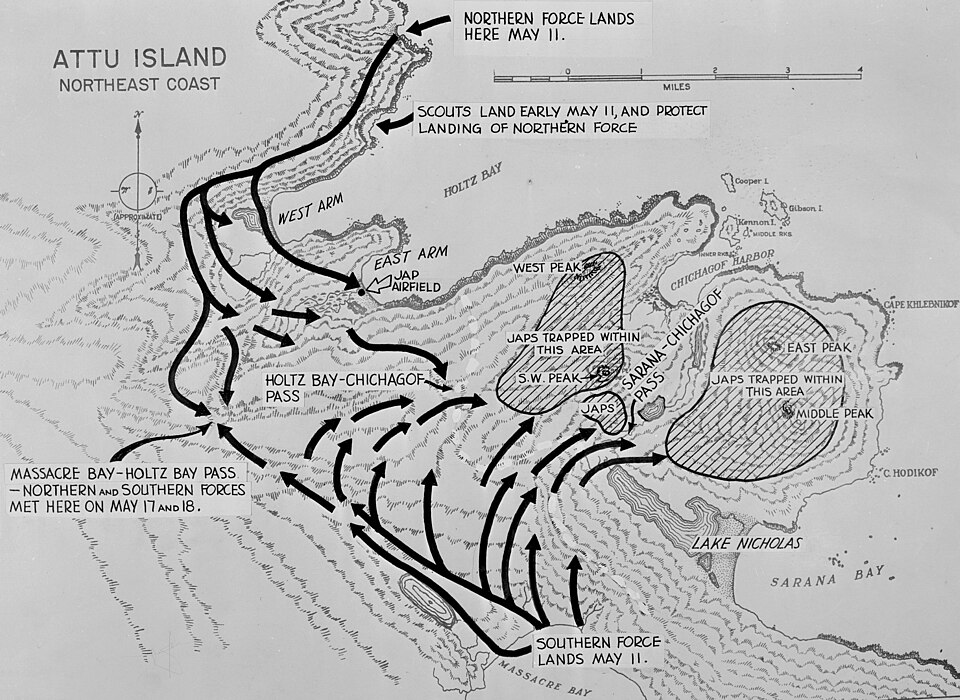
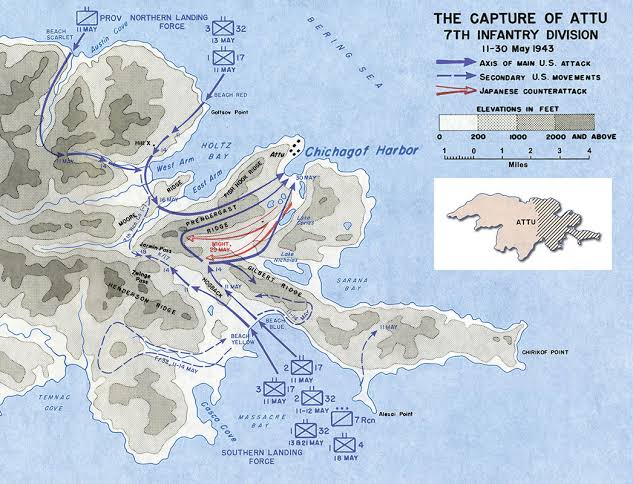
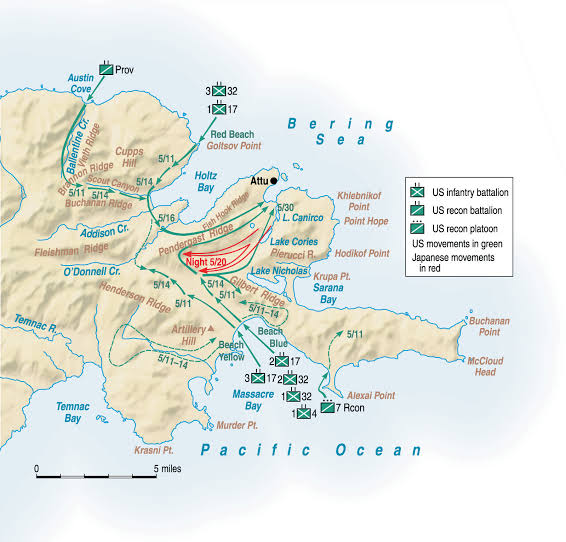

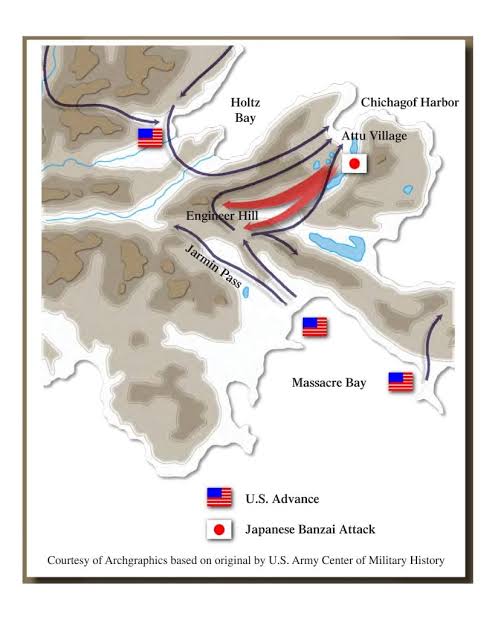
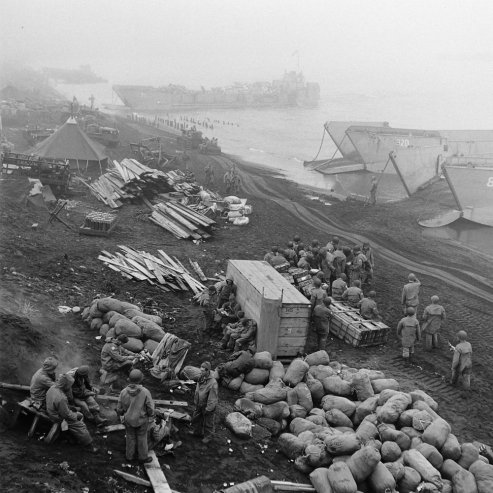
American soldiers assemble upon landing at Attu on May 11, 1943
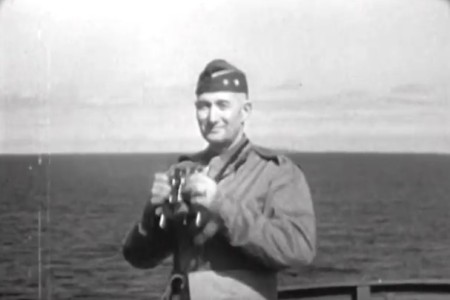
U.S. Army Maj. Gen. Albert Brown , the 7th Infantry Division commander during the invasion of Attu.
On 21–22 May a powerful Japanese fleet assembled in Tokyo Bay in preparation for a sortie to repel the American attempt to recapture Attu. The fleet included the carriers Zuikaku, Shōkaku, Jun’yō, Hiyō, the battleships Musashi, Kongō, Haruna, and the cruisers Mogami, Kumano, Suzuya, Tone, Chikuma, Agano, Ōyodo, and eleven destroyers. The Americans, however, recaptured Attu before the fleet could depart.
On 29 May, without hope of rescue, Yamasaki led his remaining troops in a banzai charge. The surprise attack broke through the American front line positions. Shocked American rear-echelon troops were soon fighting in hand-to-hand combat with Japanese soldiers. The battle continued until almost all of the Japanese were killed. The charge effectively ended the battle for the island, although U.S. Navy reports indicate that small groups of Japanese continued to fight until early July 1943, and isolated Japanese survivors held out until as late as 8 September 1943.[8] In 19 days of battle, 549 soldiers of the 7th Infantry Division were killed and more than 1,200 injured. The Japanese lost over 2,351 men, including Yamasaki; 28 prisoners were taken Forces
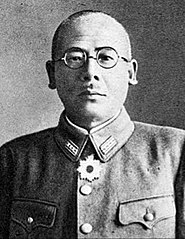
Imperial Japanese Army Colonel Yasuyo Yamasaki led Japanese forces during the Battle of Attu in May 1943. He died leading a banzai charge during the final attack.
Attu was the last action of the Aleutian Islands campaign. The Japanese Northern Army secretly evacuated its remaining garrison from nearby Kiska, ending the Japanese occupation in the Aleutian Islands on 28 July 1943.
The loss of Attu and the evacuation of Kiska came shortly after the death of Admiral Isoroku Yamamoto, who was killed by American aircraft in Operation Vengeance. These defeats compounded the demoralizing effect of losing Yamamoto on the Japanese High Command.[9] Despite the losses, Japanese propaganda attempted to present the Aleutian Island campaign as an inspirational epic.
15,000 Allied soldiers against 2,600 Japanese soldiers
Allied casualties
549 killed
1,148 wounded
1,814 frostbitten and sick
(2,100 American service members were evacuated from Attu due to illness and other non-combat related factors)
Japanese casualties
2,351 killed or committed suicide
28 captured
~200 missing or holding out
The 28 captured Japanese soldiers
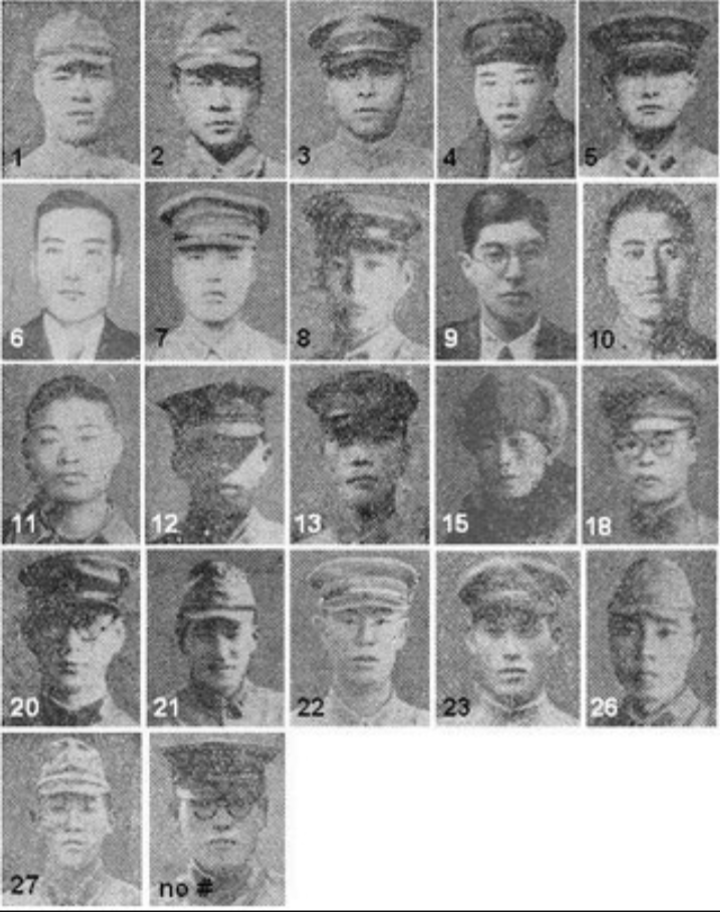
Identification Below (last digit of number corresponds to number in image):
9W-J-14001 - Harada, Hideo (原田秀雄). Superior Private, 33rd Independent Anti-aircraft Artillery Company
9W-J-14002 - Kameyama, Isamu (亀山孝次郎). Private First Class, 24th Anti-Aircraft Company
9W-J-14003 - Nakayashiki, Genjiro (中屋敷源次郎). Private First Class, 302nd Independent Engineer Company
9W-J-14004 - Kawamura, Tameki (川村為貴). Private First Class, 2nd Company, 6th Shipping Engineers
9W-J-14005 - Takahashi, Tomimatsu (高橋富松). Private First
Class, 2nd Company, 303rd Independent Infantry Battalion
9W-J-14006- Tonouchi, Koji (殿内幸二). Private First Class, 24th Anti-Aircraft Company
9W-J-14007 - Hatakeyama, Soji (畠山奏次). Private First Class, 303rd Independent Infantry Battalion
9W-J-14008 - Honda, Hiroshi (本田博). Superior Private, 2nd Company, 6th Shipping Engineer Regiment
9W-J-14009 - Sato, Kunio (佐藤國夫). Superior Private, 6th Independent Mountain Artillery
9W-J-14010 - Okada, Ryuichi (岡田龍市). Sergeant, 1st Company, North Kuril Island Fortress Infantry
9W-J-14011 - Sasaki, Ichiro (佐々木一郎). Private First Class, 3rd Company, North Kuril Island Fortress Infantry
9W-J-14012- Sasaki, Saburo (佐々木三郎). Private First Class, 1st Company, 303rd Independent Infantry Battalion
9W-J-14013 - Kato, Shigeo (加藤重男). Private First Class, 1st Company, 303rd Independent Infantry Battalion
9W-J-14014 - Kawayama, Toshi (). Superior Private, North Kuril Island Fortress Infantry
9W-J-14015-Iseda, Takemi (伊勢田武美). Sergeant, 302nd Independent Engineer Company
9W-J-14016-Nishiyama, Isamu. Superior Private, 3rd Company, North Kuril Island Fortress Infantry. (Name incorrect?)
9W-J-14017-Yamada, Kiyoshi. Superior Private, Gun Company, North Kuril Island Fortress Infantry Unit.
9W-J-14018-Ito, Hachisaburo (伊藤六助). Lance Corporal, 4th Company, 303rd Infantry Battalion
9W-J-14019-Koike, Sakae. Private First Class, 1st Company, 303rd Independent Infantry Battalion
9W-J-14020 - Kitakoshi, Kiichi (北越喜一). Medical Sergeant, North Kuril Island Fortress Infantry.
9W-J-14021 - Yoshino, Tokyo (吉野時雄). Private First Class.
302nd Independent Engineer Unit
9W-J-14022 - Takagi, Nobuaki/Naokichi (高木直吉). Private First Class, 302nd Independent Engineer Company
9W-J-14023 - Fujiya, Hachisaburo (藤谷初三郎). Higher
Private, 302nd Independent Engineer Company
9W-J-14024 - Kobayashi, Semiyoshi/Shimiyoshi. Higher
Private, 302nd Independent Engineer Company
9W-J-14025-Nishimura, Kanjiro. Civilian, Navy.
9W-J-14026 - Tanaka, Mitsuo (田中光男). Private First Class, 2nd Company, 6th Shipping Engineers
9W-J-14027- Inoue, Yoshio AKA Inouye, Yoshihiko. Lance
Corporal, 2nd Company, 6th Shipping Engineer Regiment no POW number -Shindo, Shigeyoshi (新藤重義). Private First Class, 6th Fortress Mountain Artillery. Died on Adak
American soldiers during the Battle of Attu
American soldiers carrying a mortar during the battle.
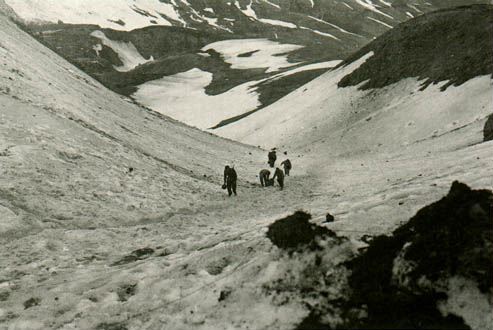
American soldiers carrying supplies over the Jamin Pass on Attu in May 1943.
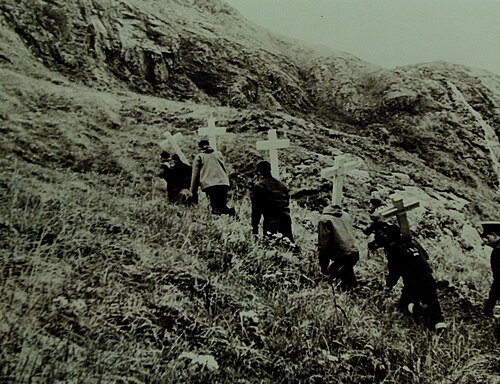
American soldiers carrying crosses up a mountain side to bury fallen comrades
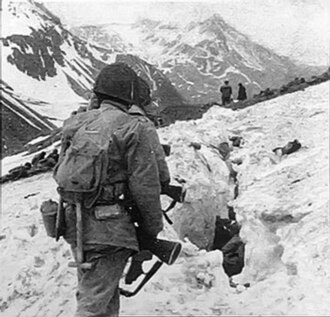
American soldiers braving snow and ice during the Battle of Attu in May 1943
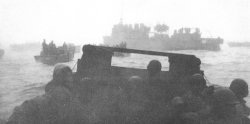
The destroyer Pruitt guides landing craft toward the beach at Massacre Bay, Attu,probably May 11, 1943
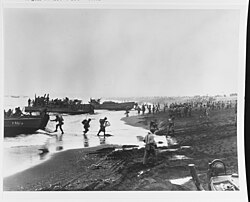
Soldiers unloading landing craft on the beach at Massacre Bay, Attu, on 12 May 1943
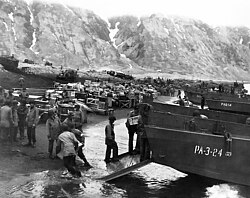
More equipment and combat supplies are brought ashore at Massacre Bay on 13 May 1943.
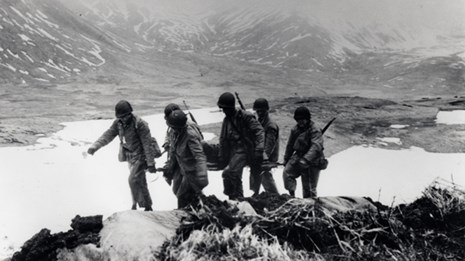
American troops transporting the wounded on Attu in May 1943

American soldiers dig a tractor from the mud in Attu probably May 1943
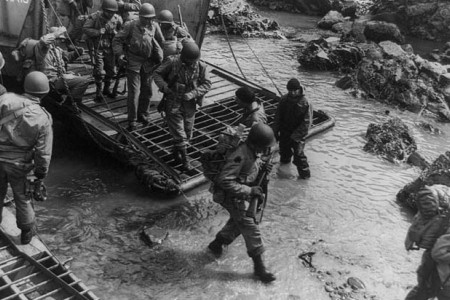
American soldiers arriving in Attu probably May 1943
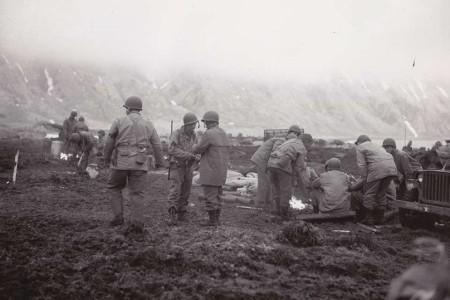
American soldiers on Attu probably May 1943
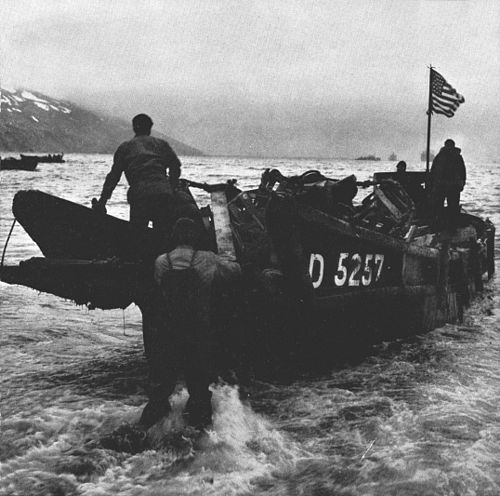
During the Battle of Attu Island on the Aleutian front, the American forces used a captured landing craft , the Large Landing Boat.
Japanese winter uniforms

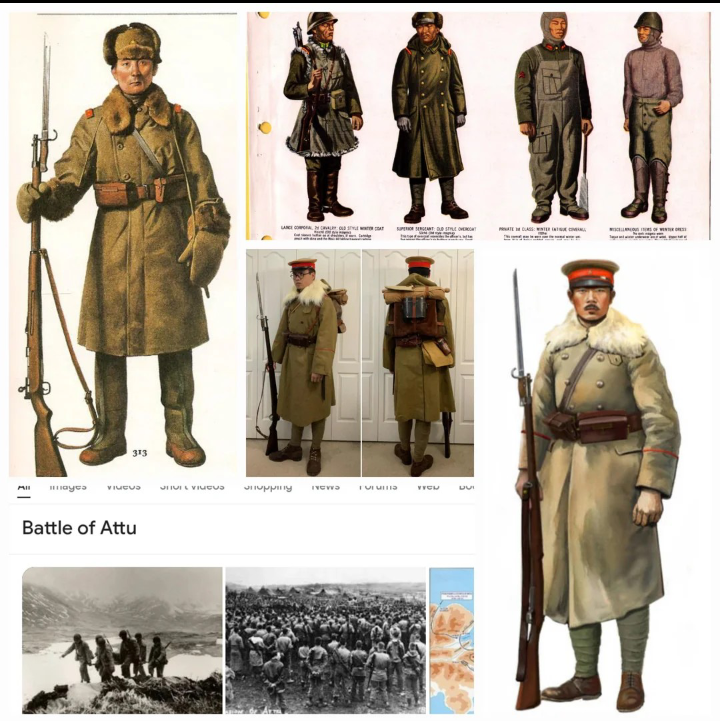
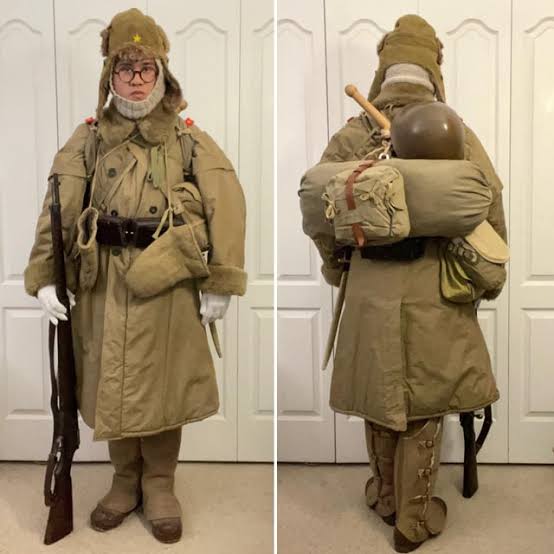
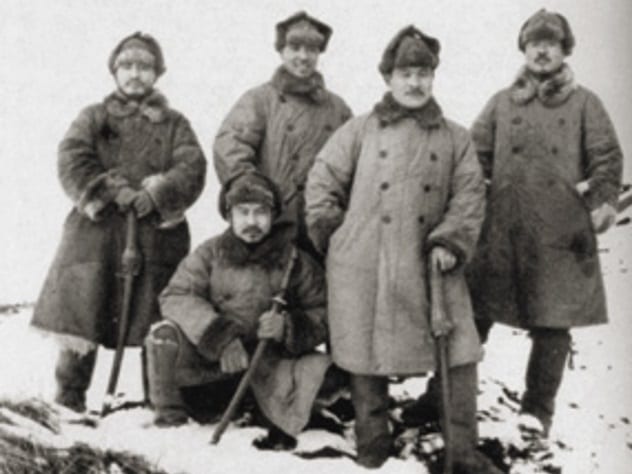
Imperial Army officers during the winter of 1942/43
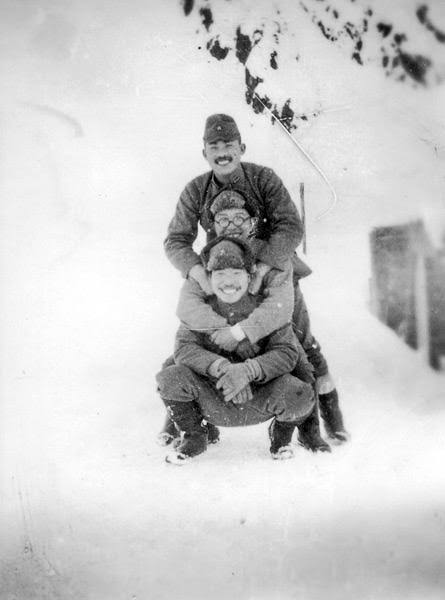
Japanese soldiers on Attu probably 1942
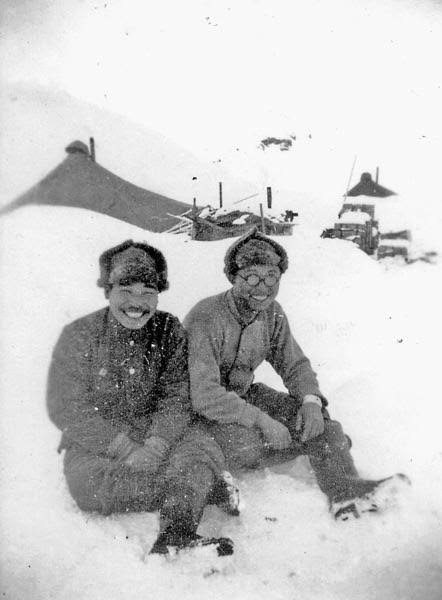
Japanese soldiers on Attu probably 1942

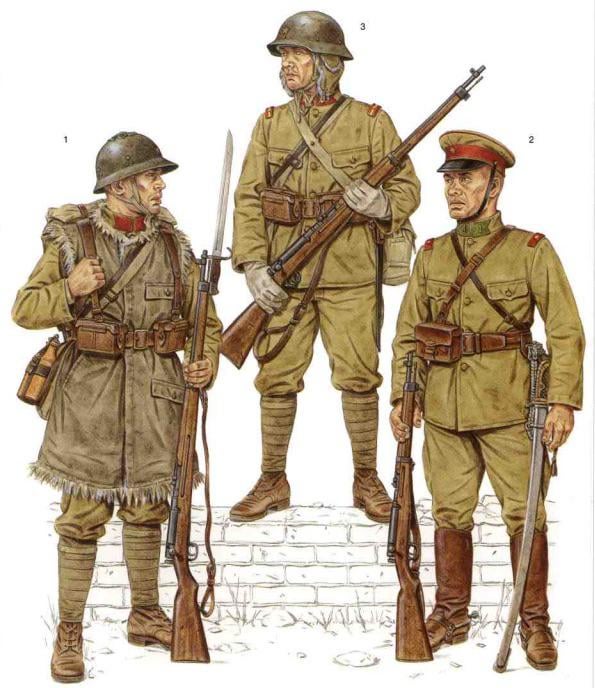
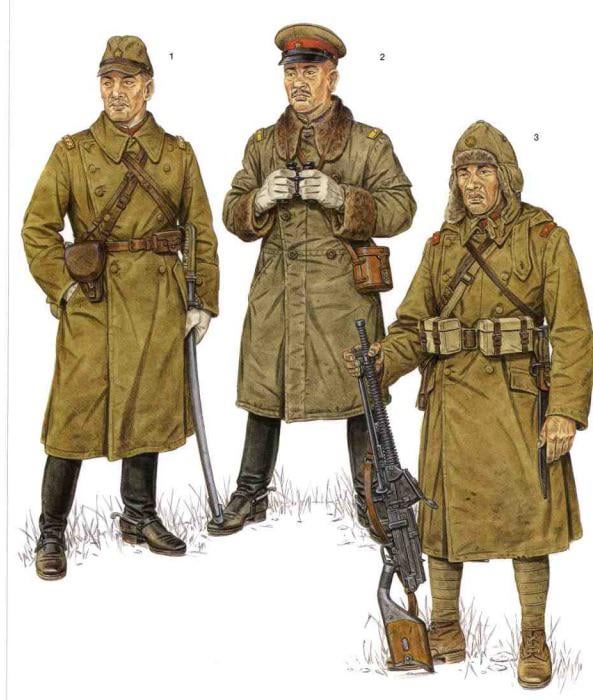
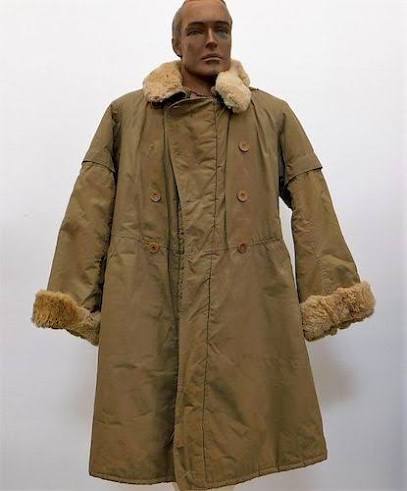
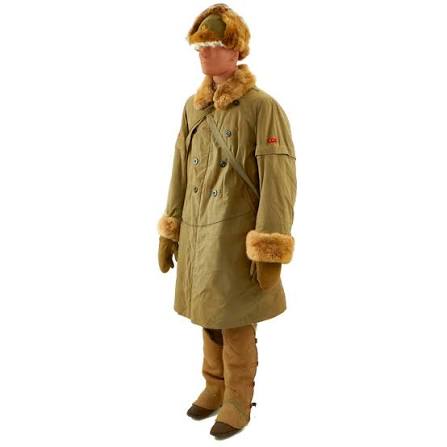
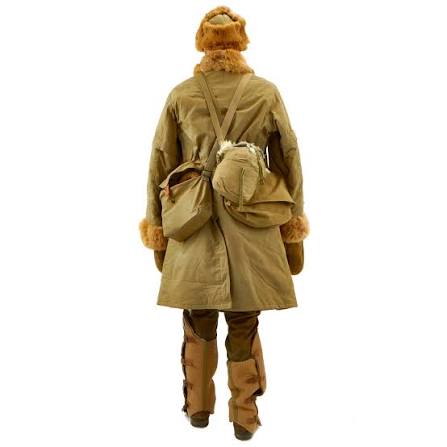
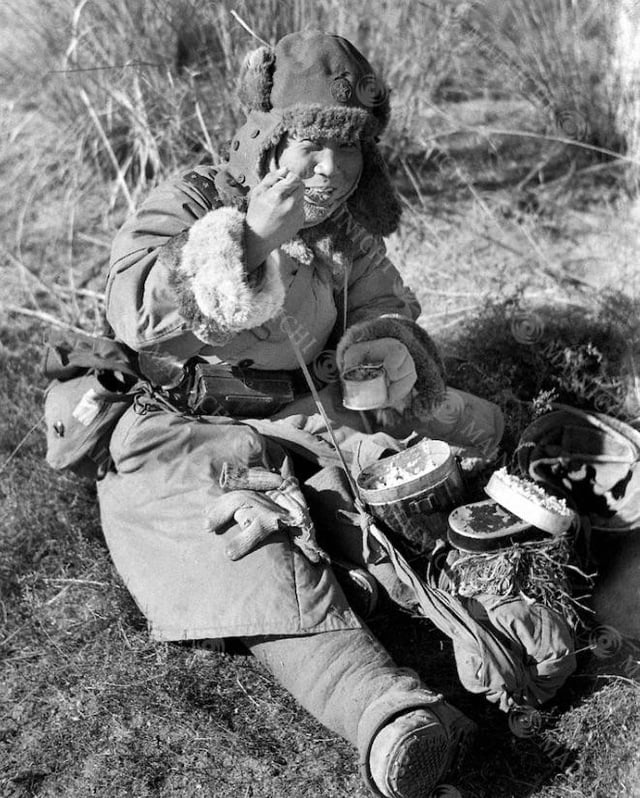
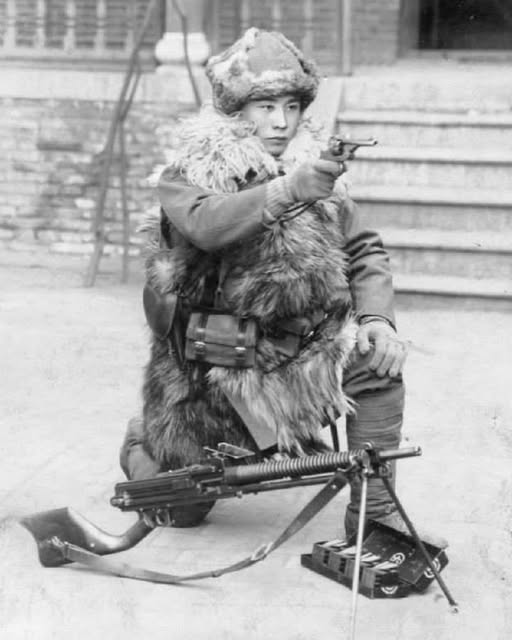

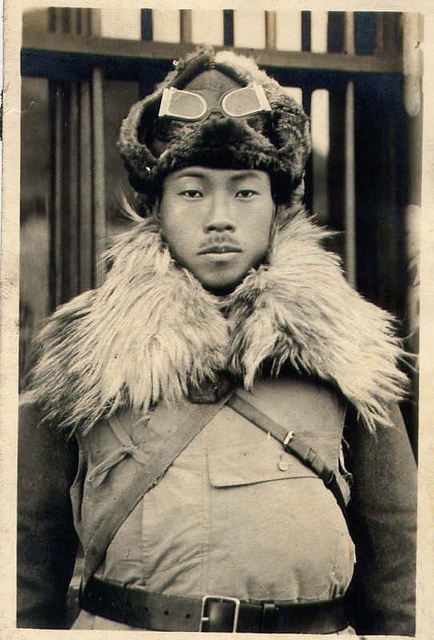
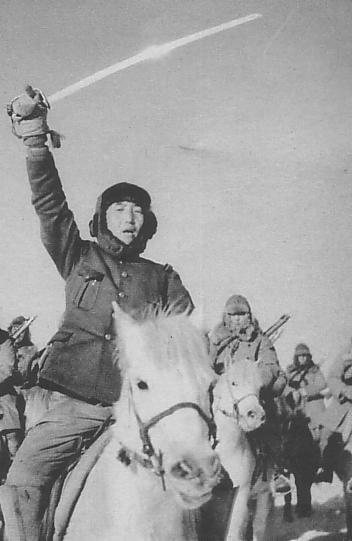
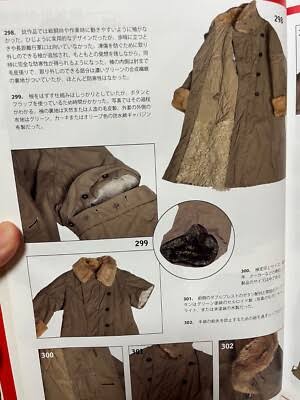
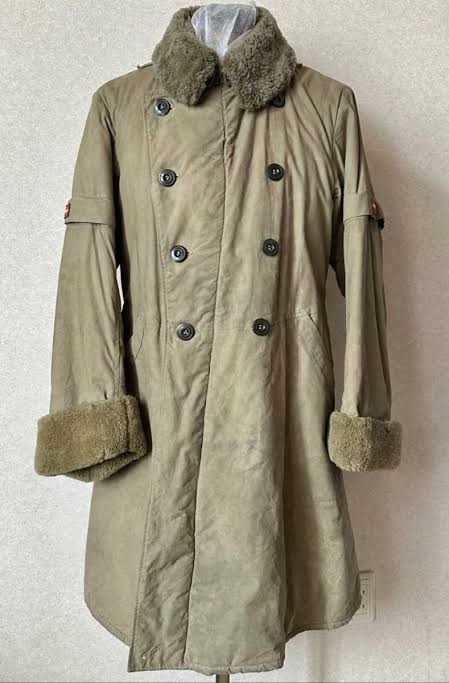
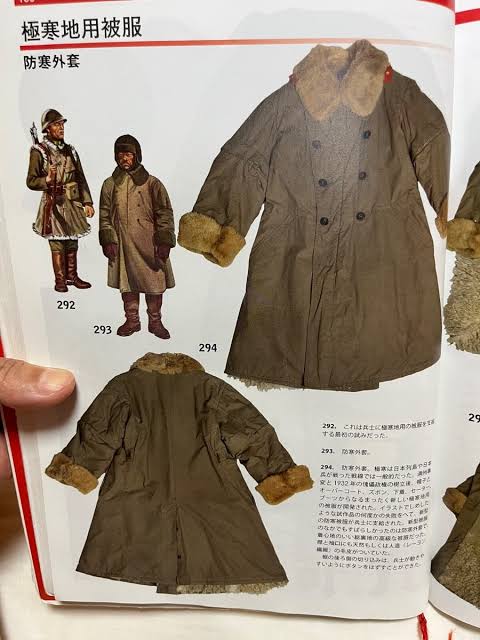
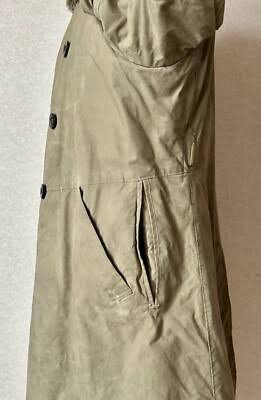
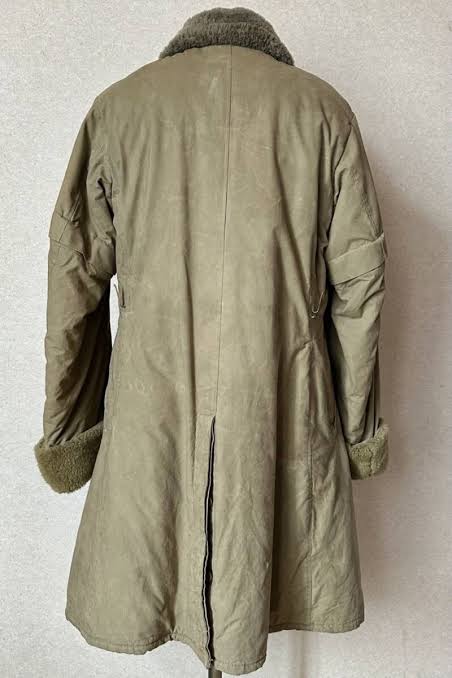
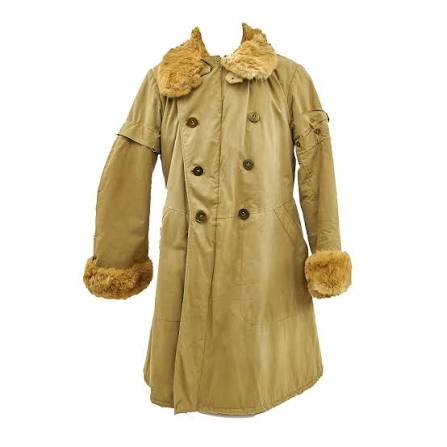
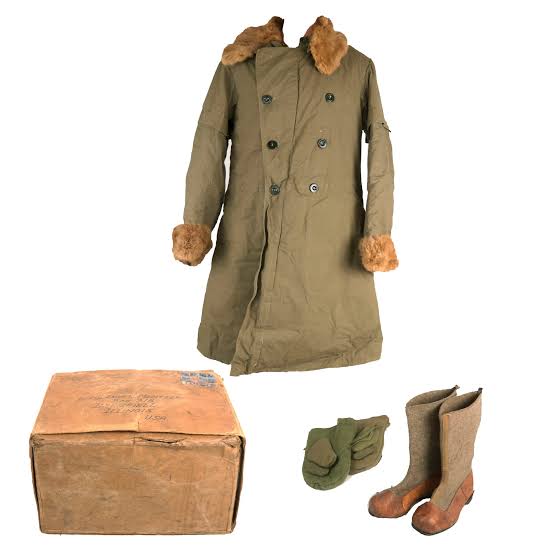
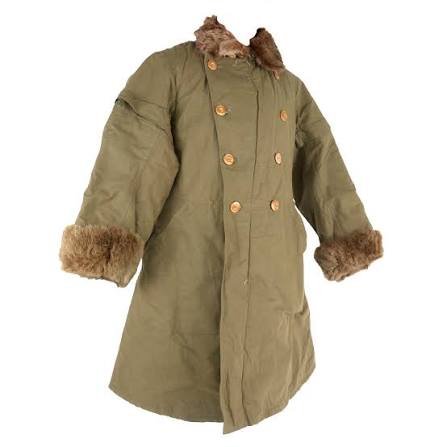
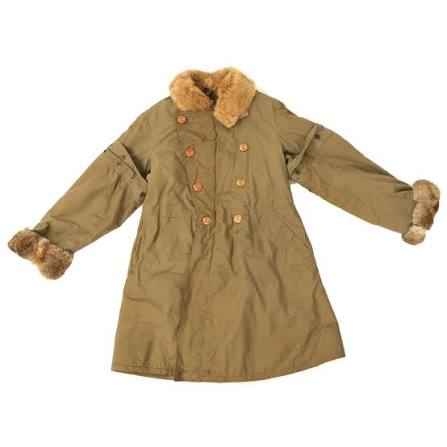
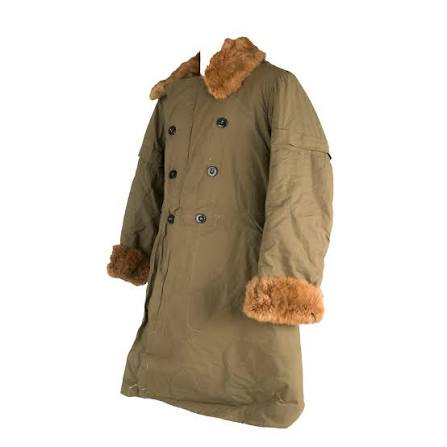
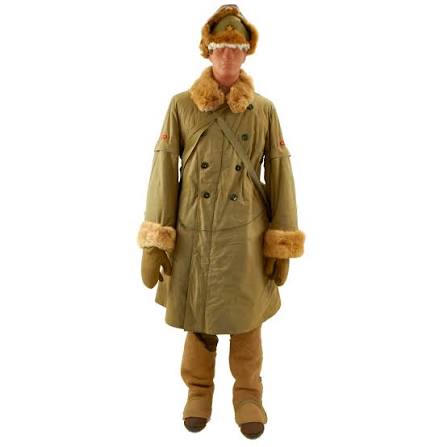


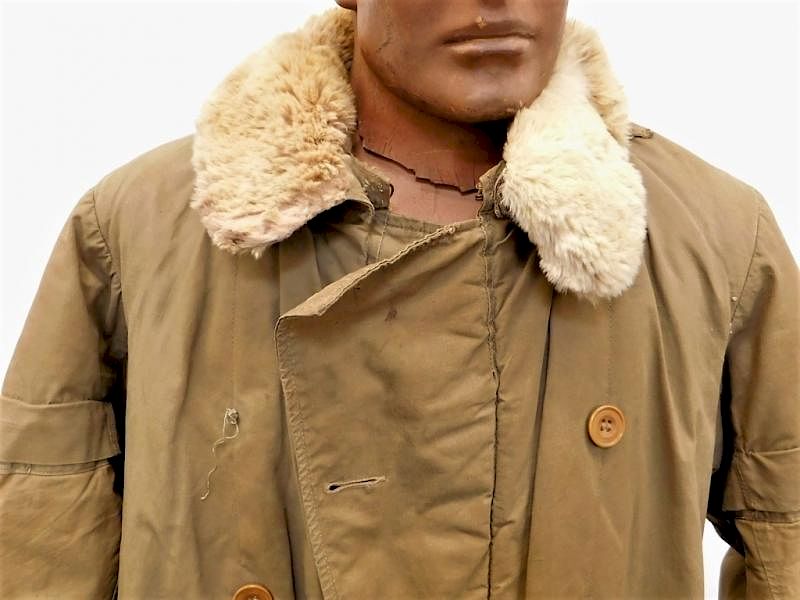
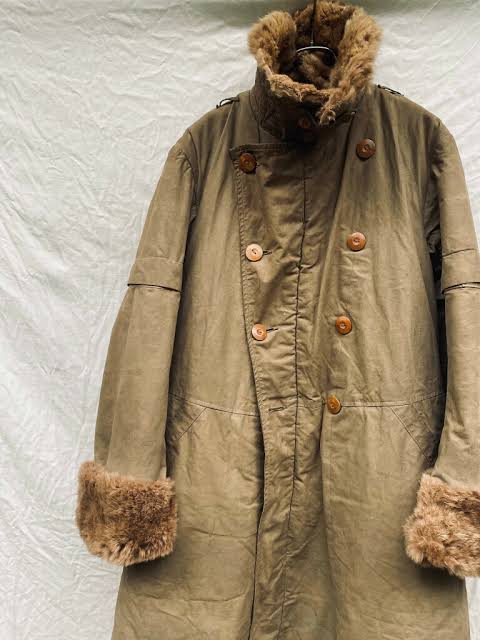
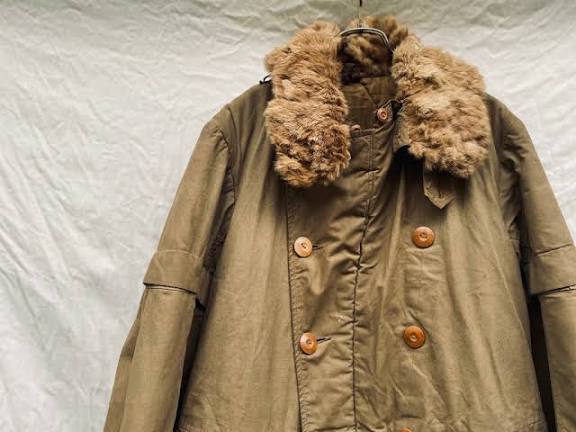
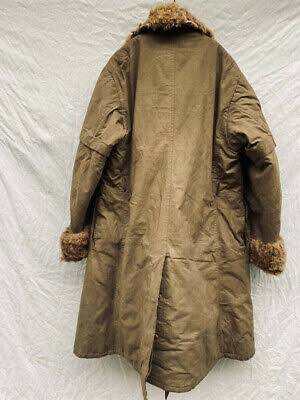
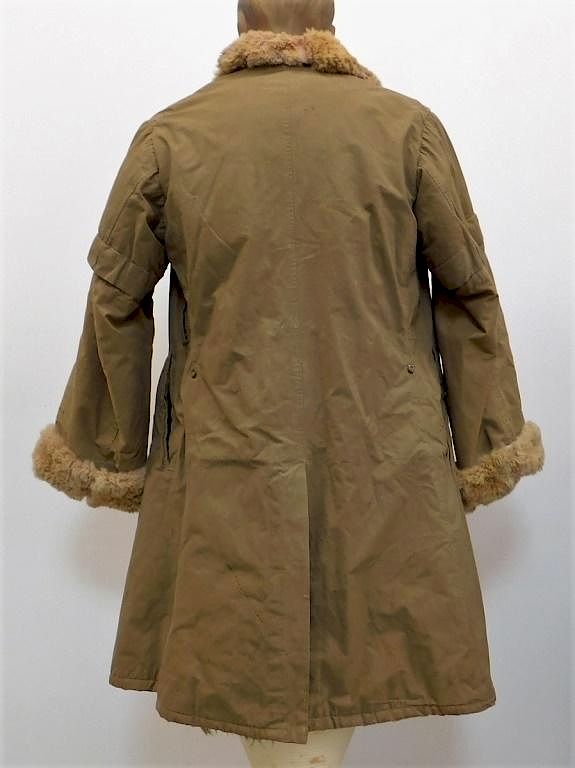
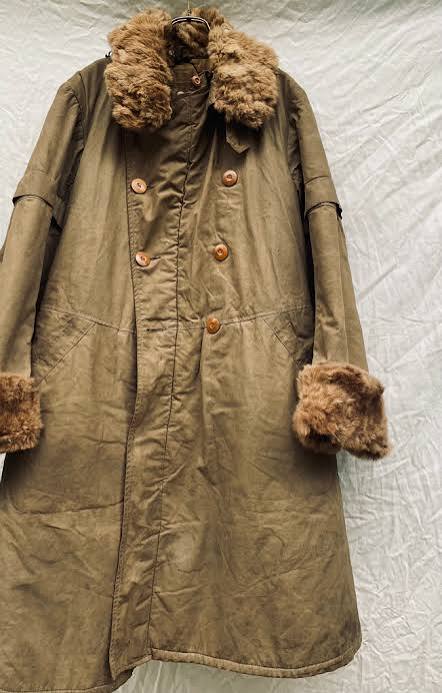
UNIFORMS FOR PILOT
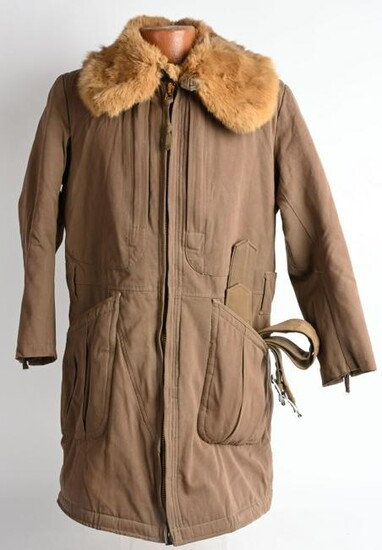
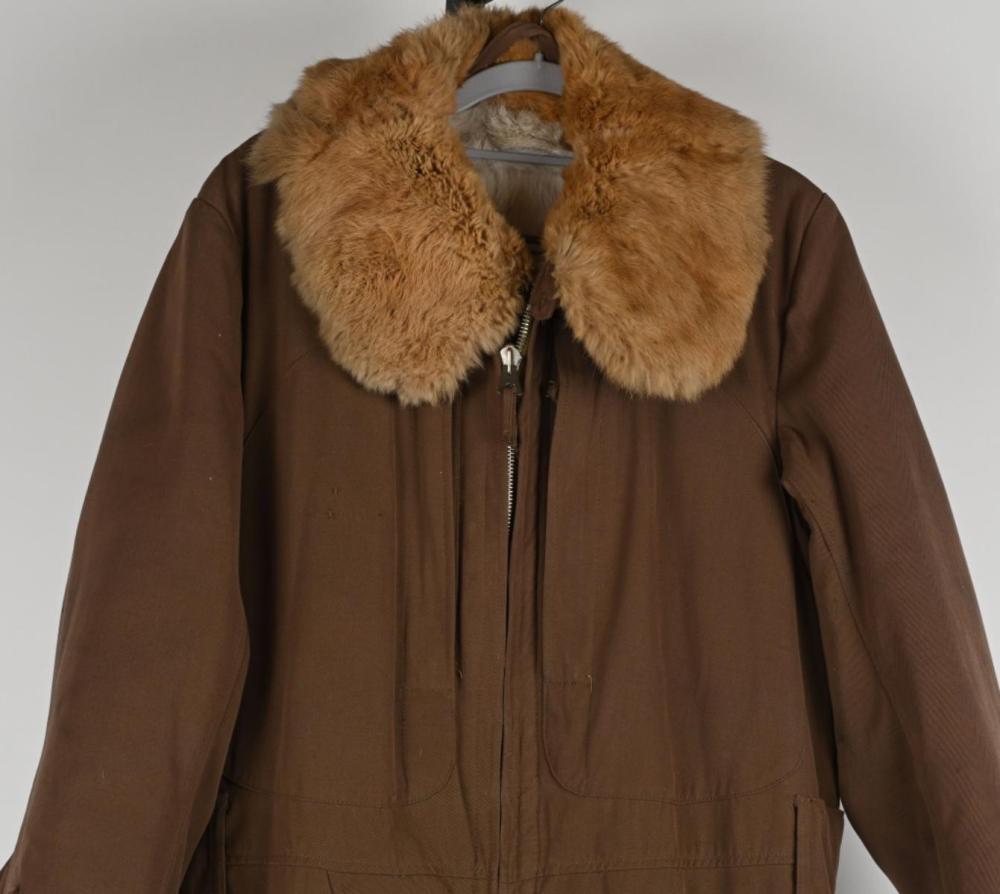
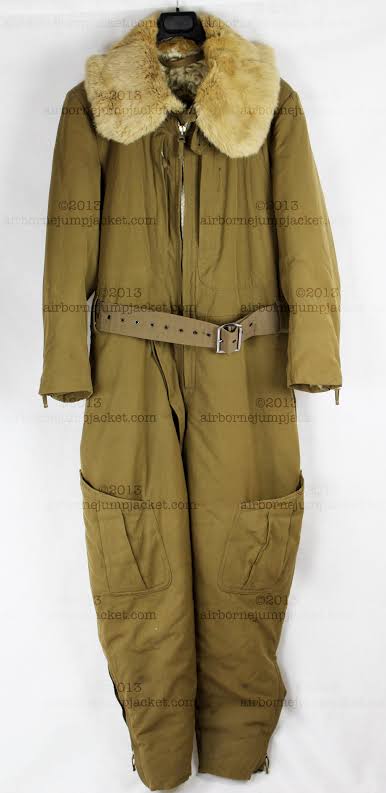
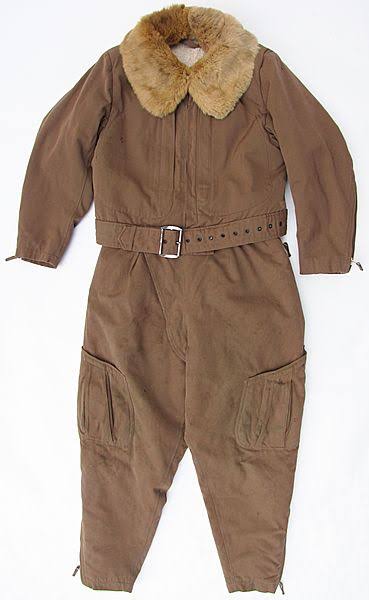
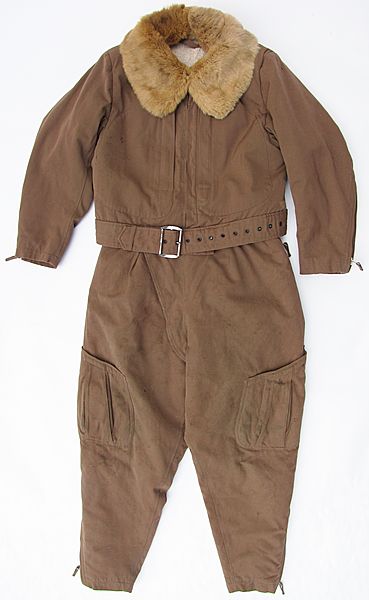
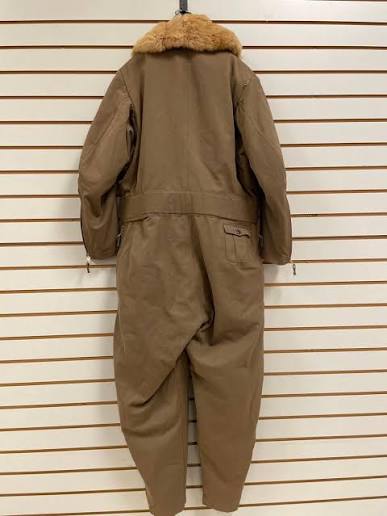
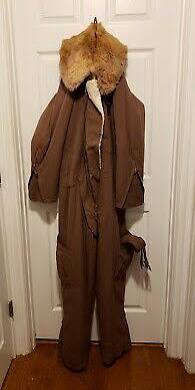
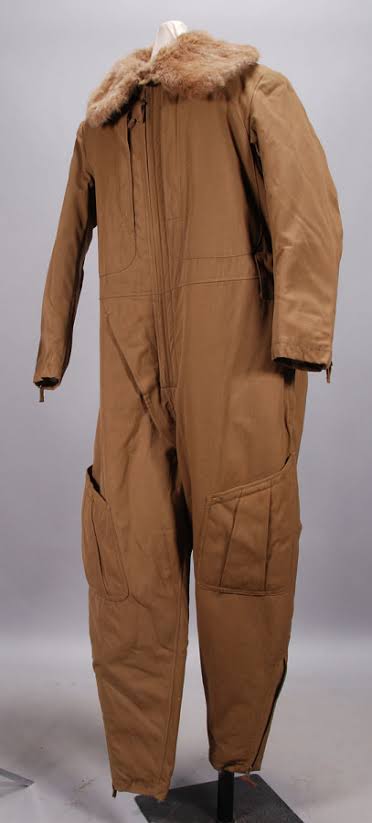
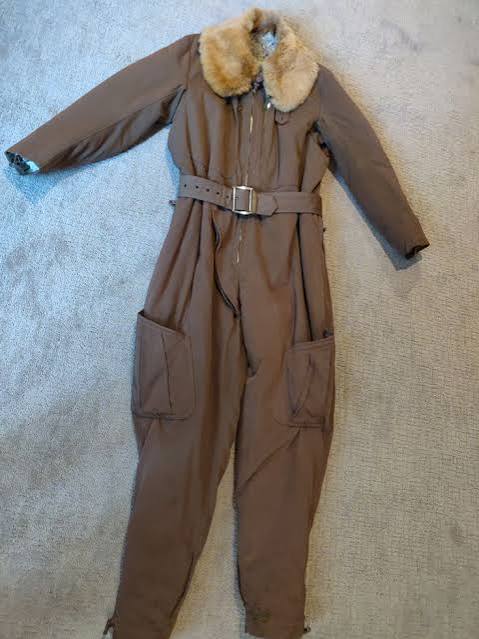
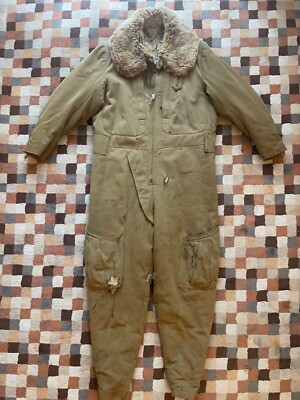
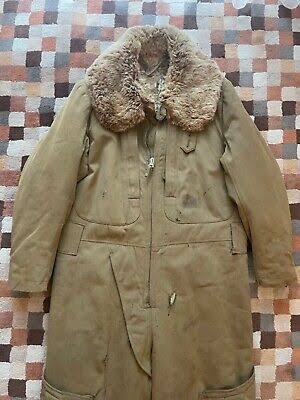
UNIFORMS FOR TANKERS
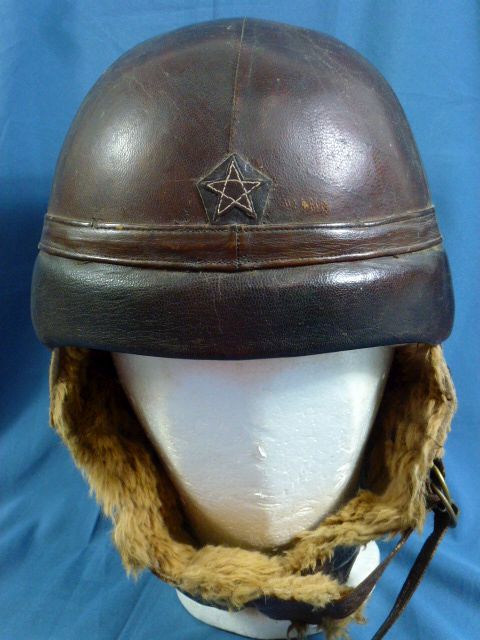
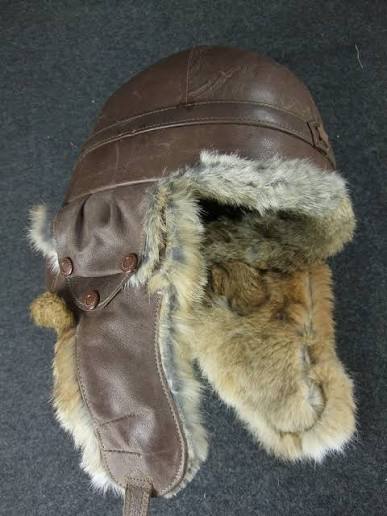
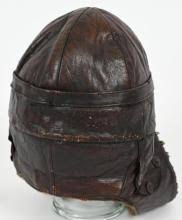


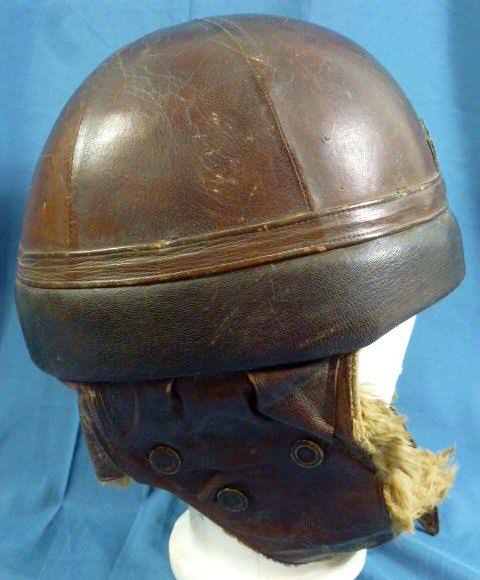

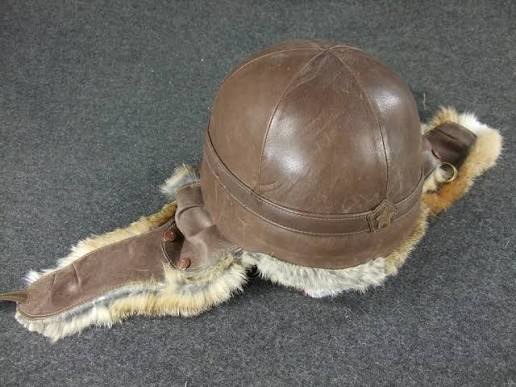

Japanese soldiers on Attu
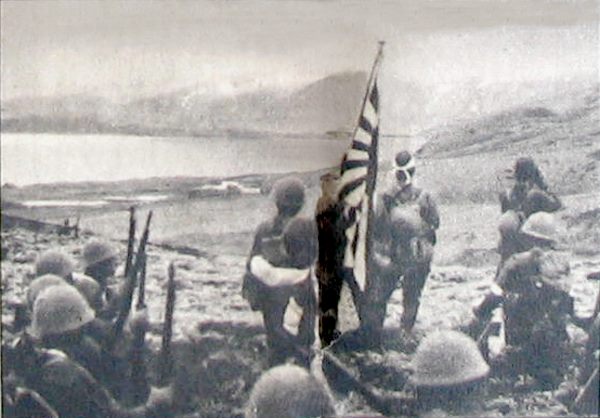
June 1942 after Japanese forces captured Attu, overlooking Chichagof Harbor. The Allied Forces would land at Massacre Bay, Attu on 11 May 1943.

Imperial Army officers during the winter of 1942/43.

Japanese soldiers on Attu probably 1942

Japanese soldiers on Attu probably 1942
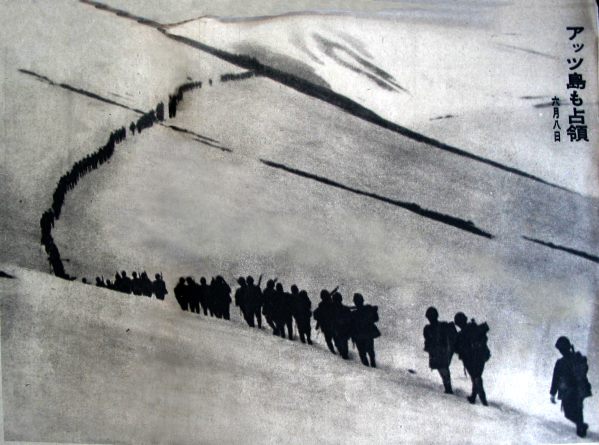
June 8th, 1942. The Japanese Army moves their soldiers from Chichagof Harbor, Attu, into the mountains to build and maintain defensive positions prior to the invasion of Attu in May, 1943.
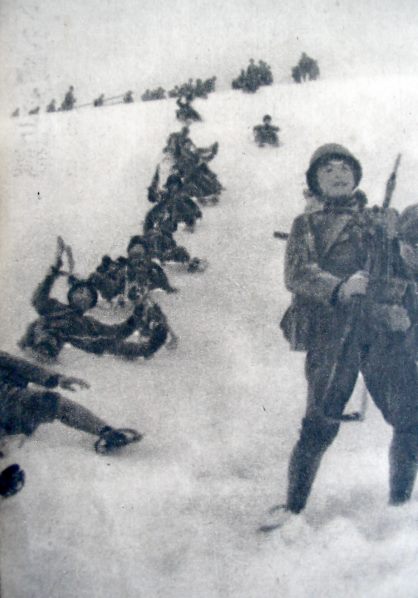
The Japanese forces entrenced themshelves along ridges overlooking Holtz Bay and Sarana Bay.
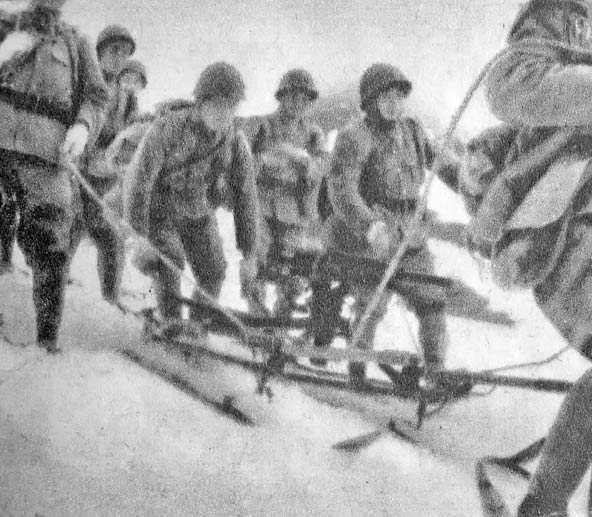
Japanese forces occupying the ridges overlooking Holtz Bay and Sarana Bay, June 1942
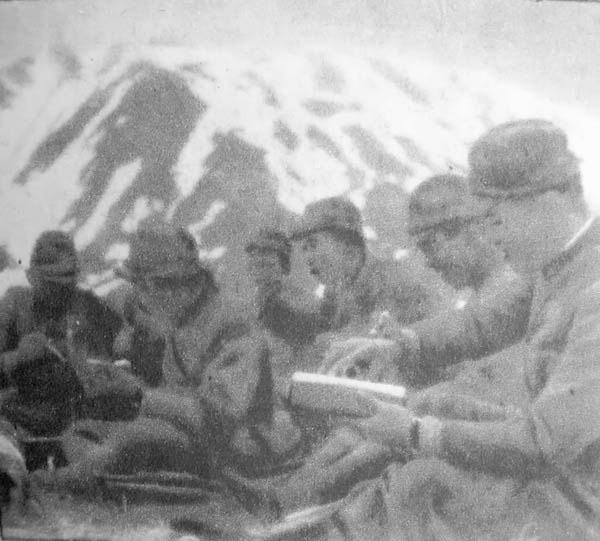
Japanese forces settling in their locations surrounding Chichagof Harobor. June 1942
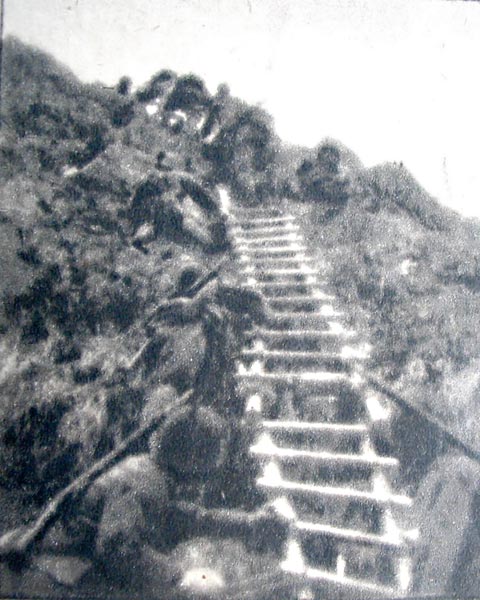
Japanese forces scrambling up the ridges surrounding Chichagof Bay. June 1942
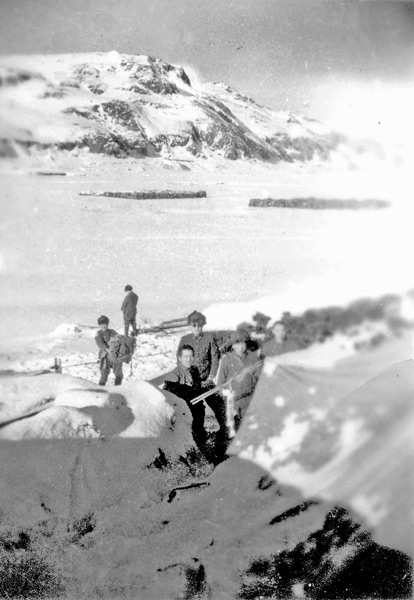
soldiers were digging in, preparing defensive positions in and around the mountains of Attu. As there is an adequate amount of snow on the ground, the date for this photo would be somewhere between October of 1942 and April of 1943. A closer look at this photo posses the additional possibility that this location may be Chichagof Harbor, the site of the original Japanese landings on Attu, with the troops bringing supplies ashore
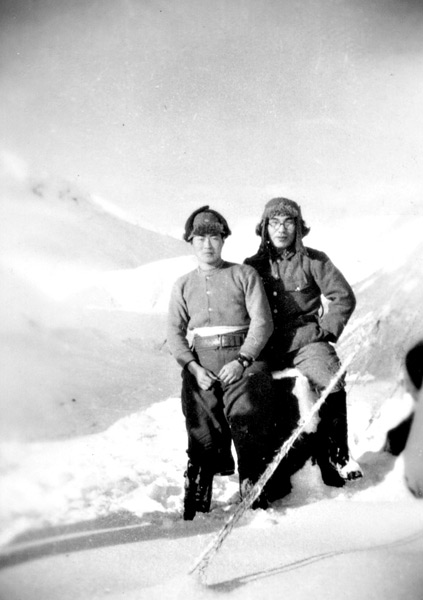
two Japanese soldiers, buddies no doubt, posing in front of a tent on one of Attu’s mountain ridges near Chicgagof Harbor or Holtz Bay. There were also numerous defensive positions set up by the Japanese overlooking Massacre Bay. The Japanese had 11 months to get their defenses established prior to the invasion of Attu by the Allied Forces.
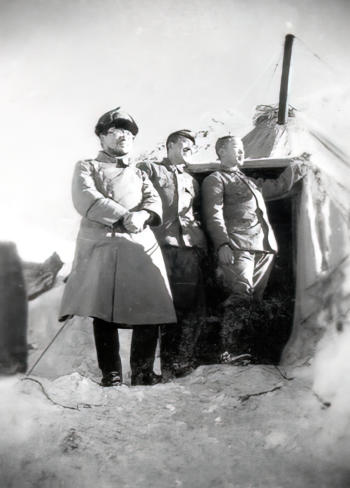
several of the ranking officers on Attu given the appearance of the uniforms being worn
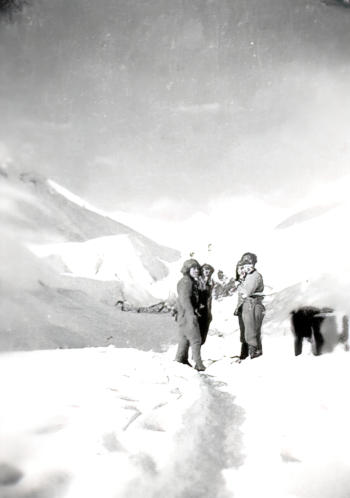
This group of soldiers are probably discussing defensive positions in and around the ridges of Attu’s mountainous regions near Chicagof Harbor and Holtz Bay
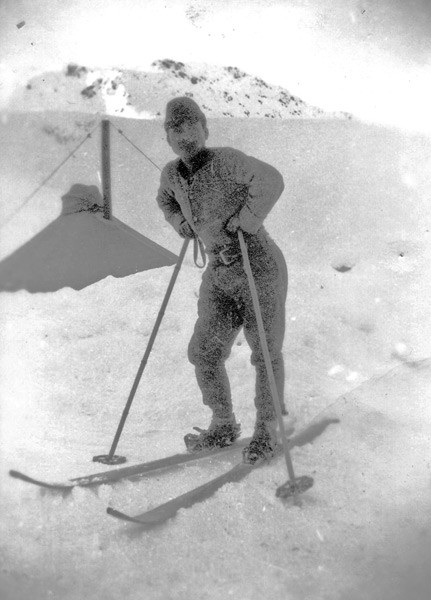
Here a Japanese soldier l that brought his skis along with him

different skier, but it’s probably the same set of skis
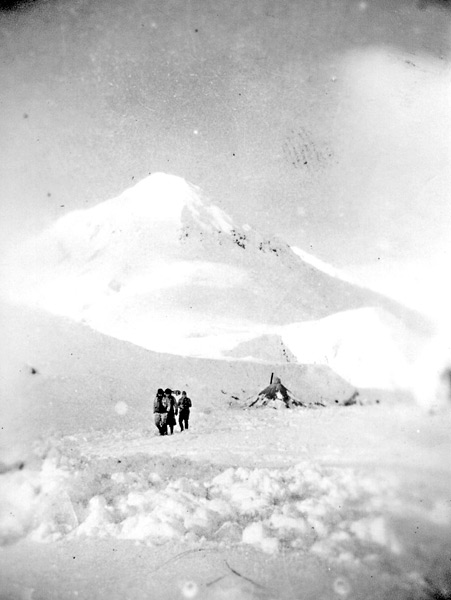
Japanese soldiers in front of a mountain
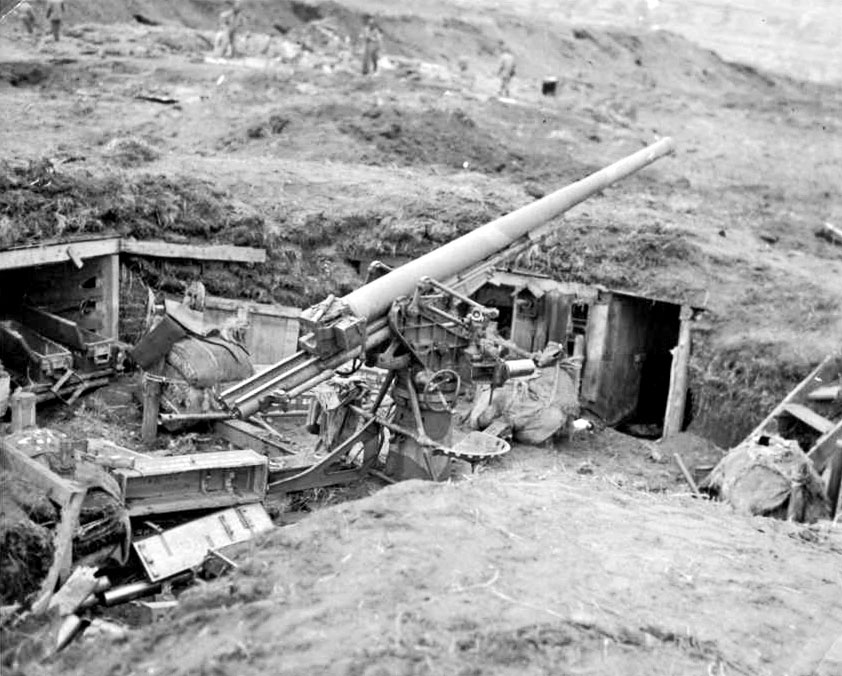
Japanese 75mm Gun on Attu.
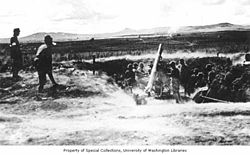
Japanese troops train with a Type 88 75 mm AA Gun on Attu in 1943.
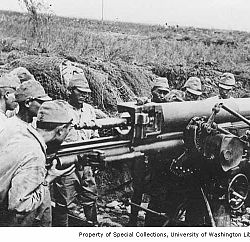
Japanese soldiers inspecting a Type 88 7cm field anti-aircraft gun in 1943.
